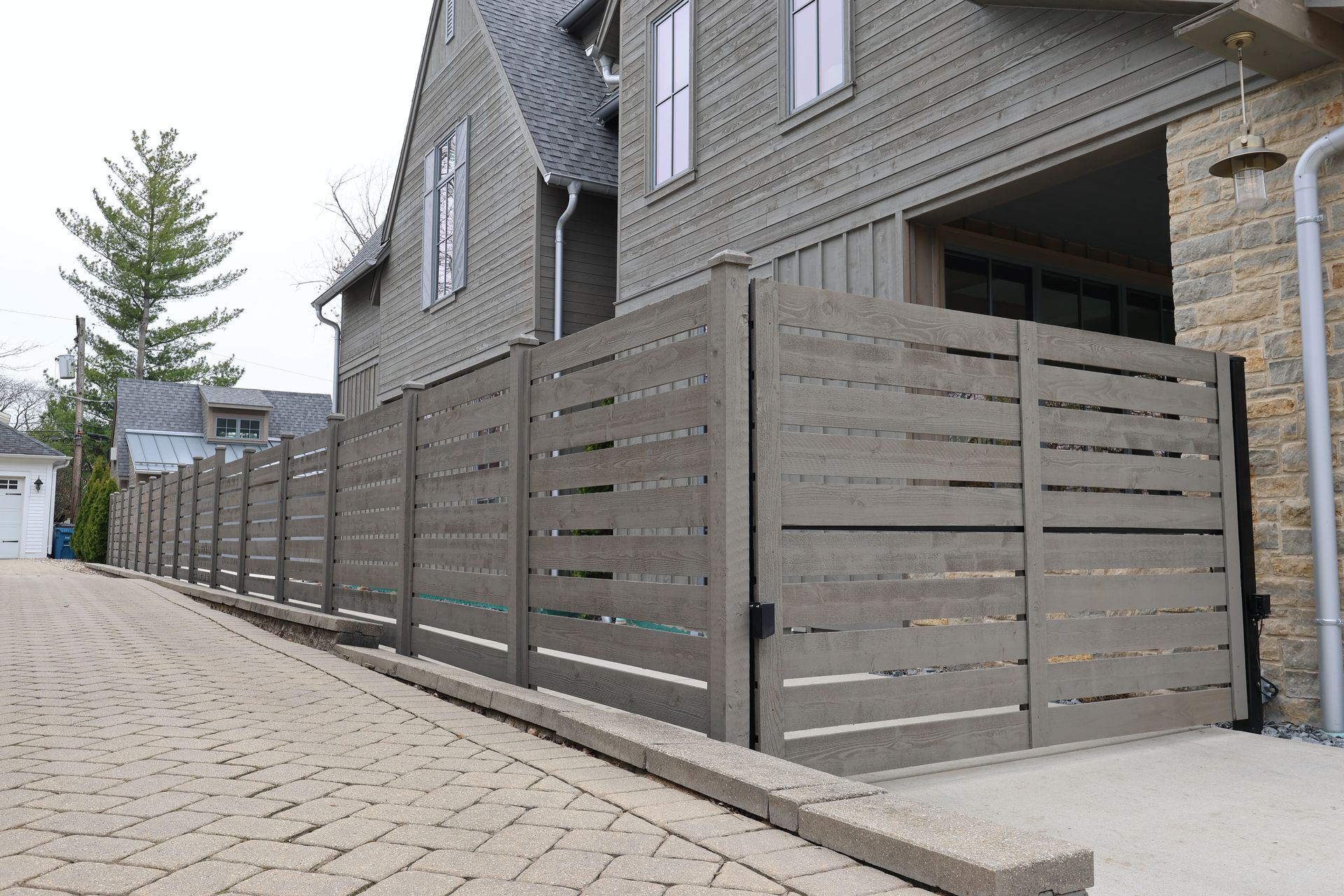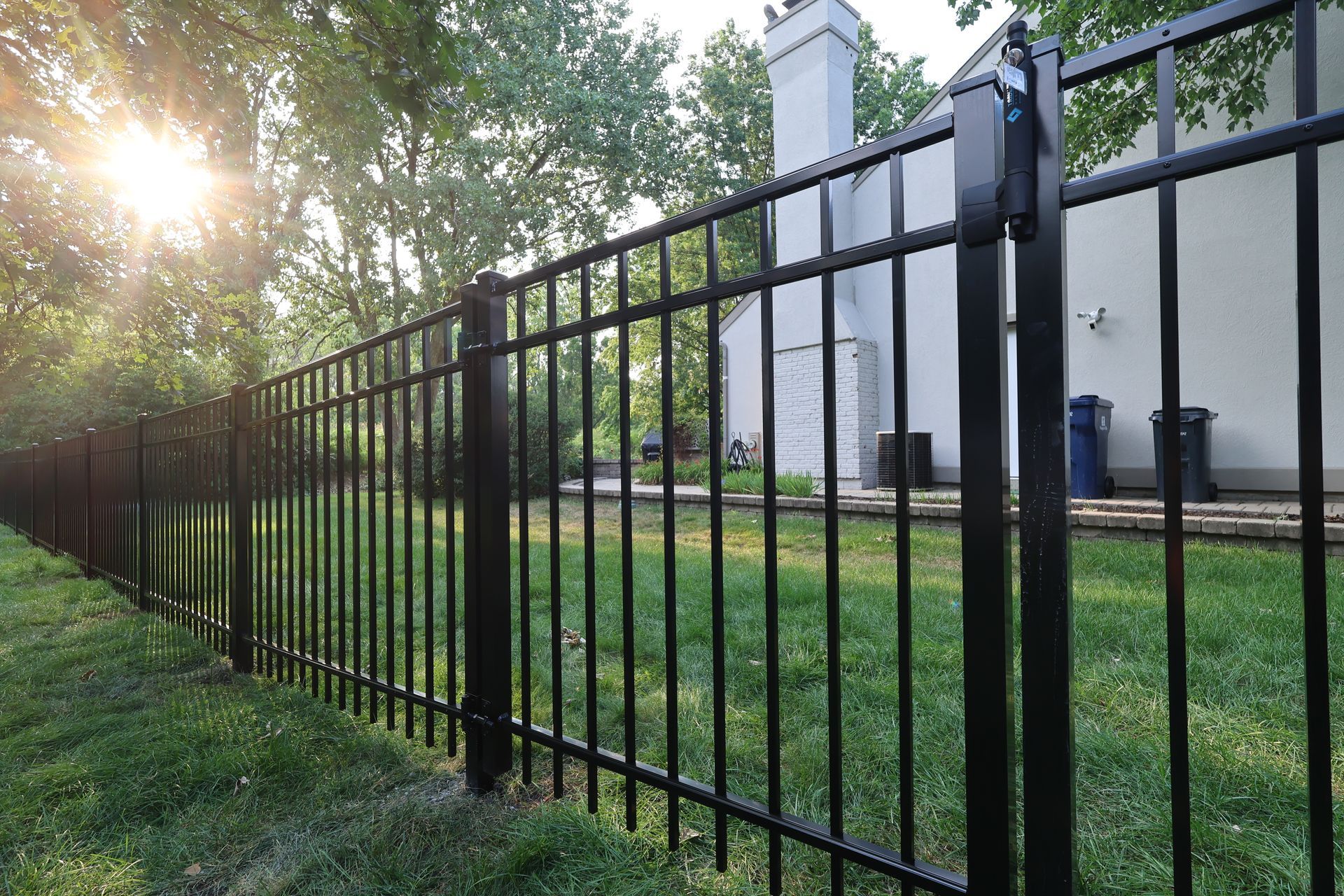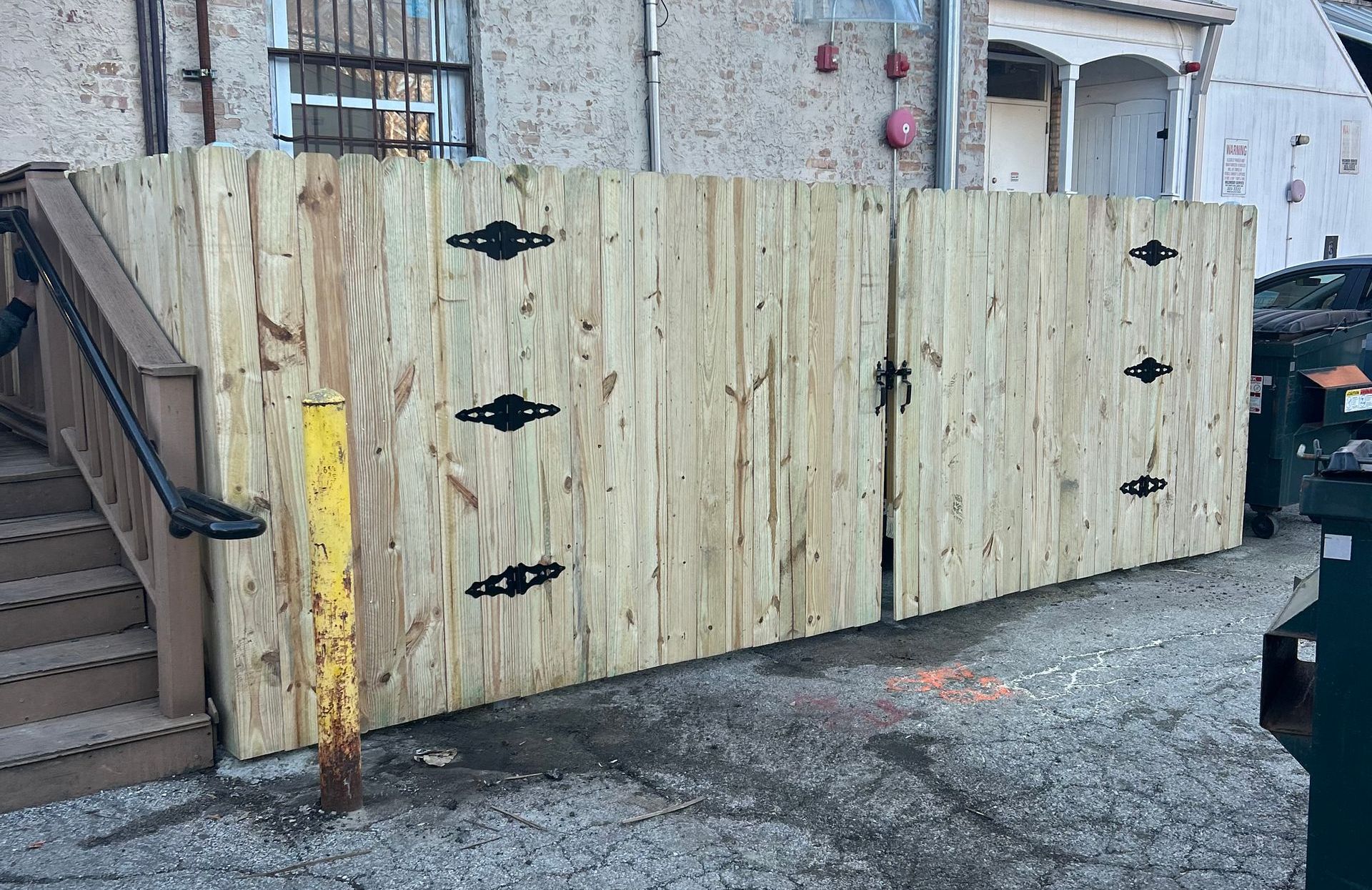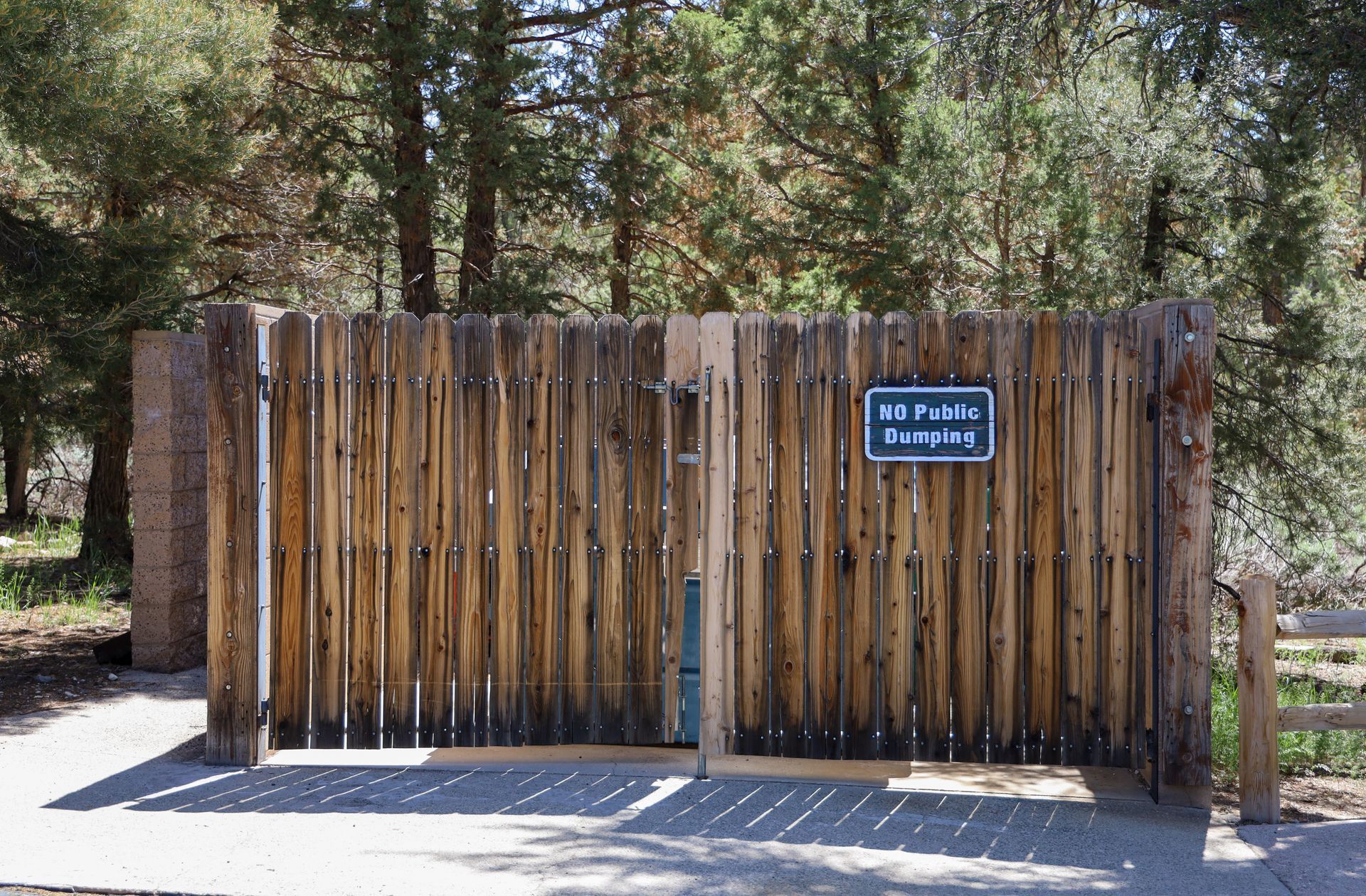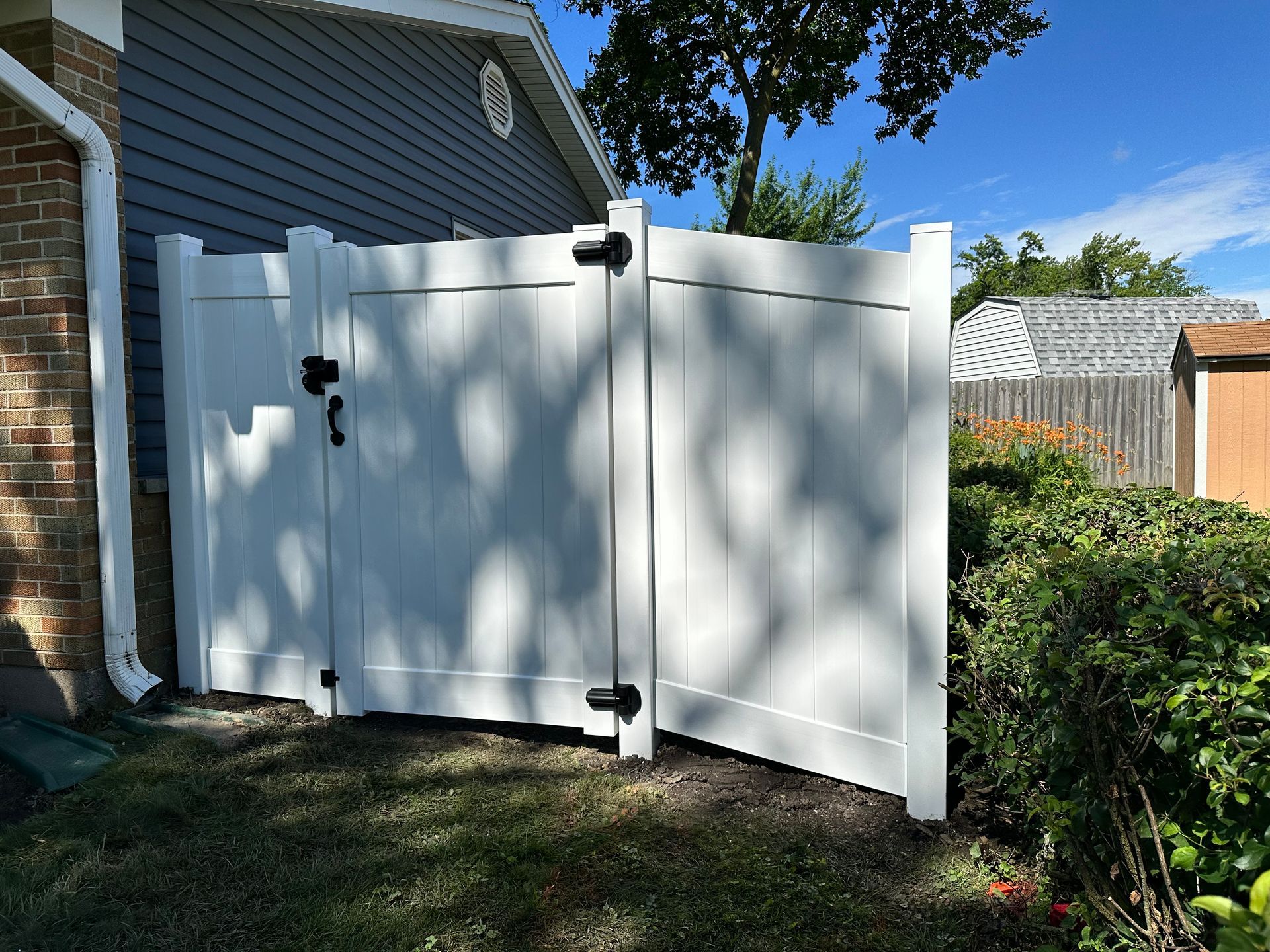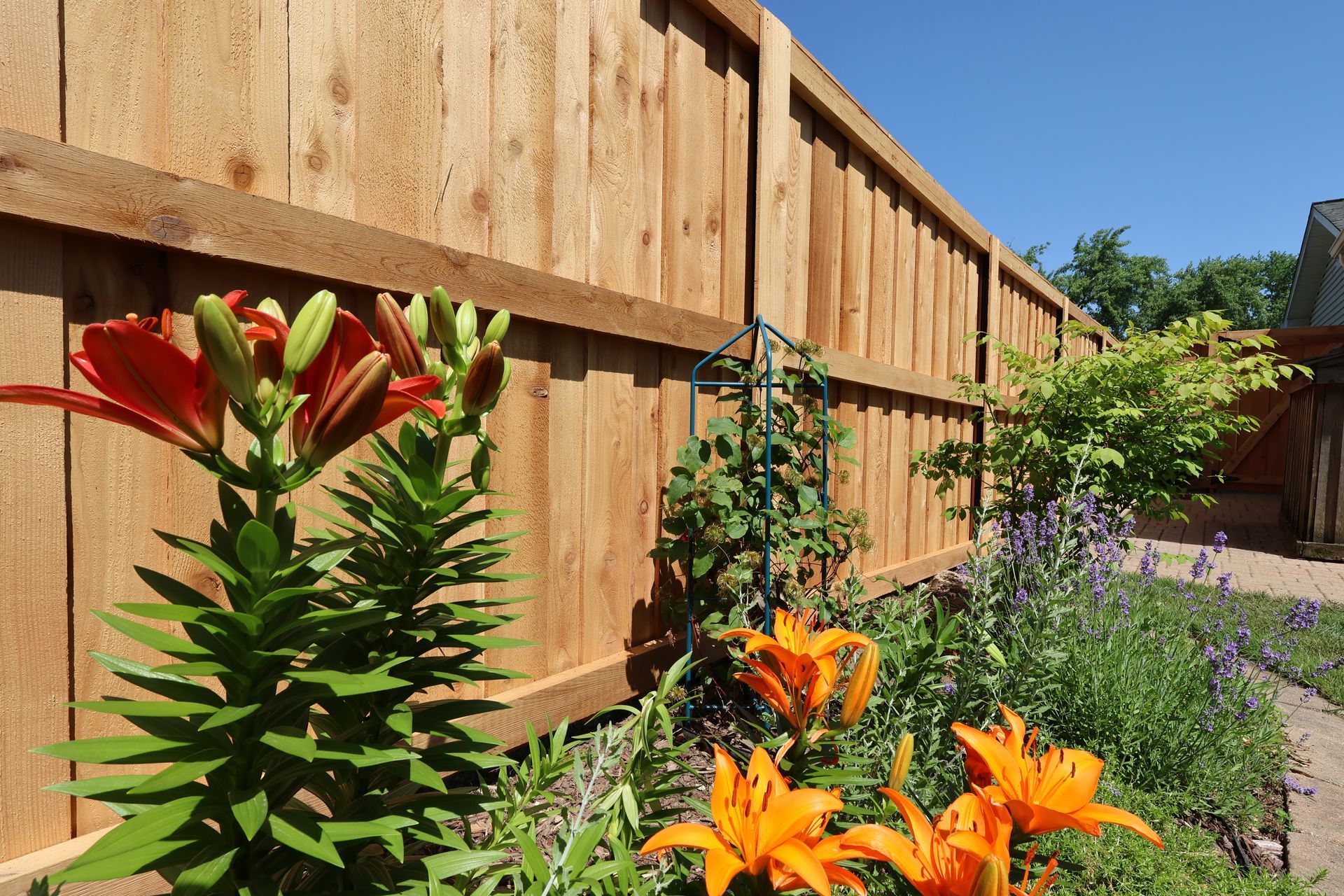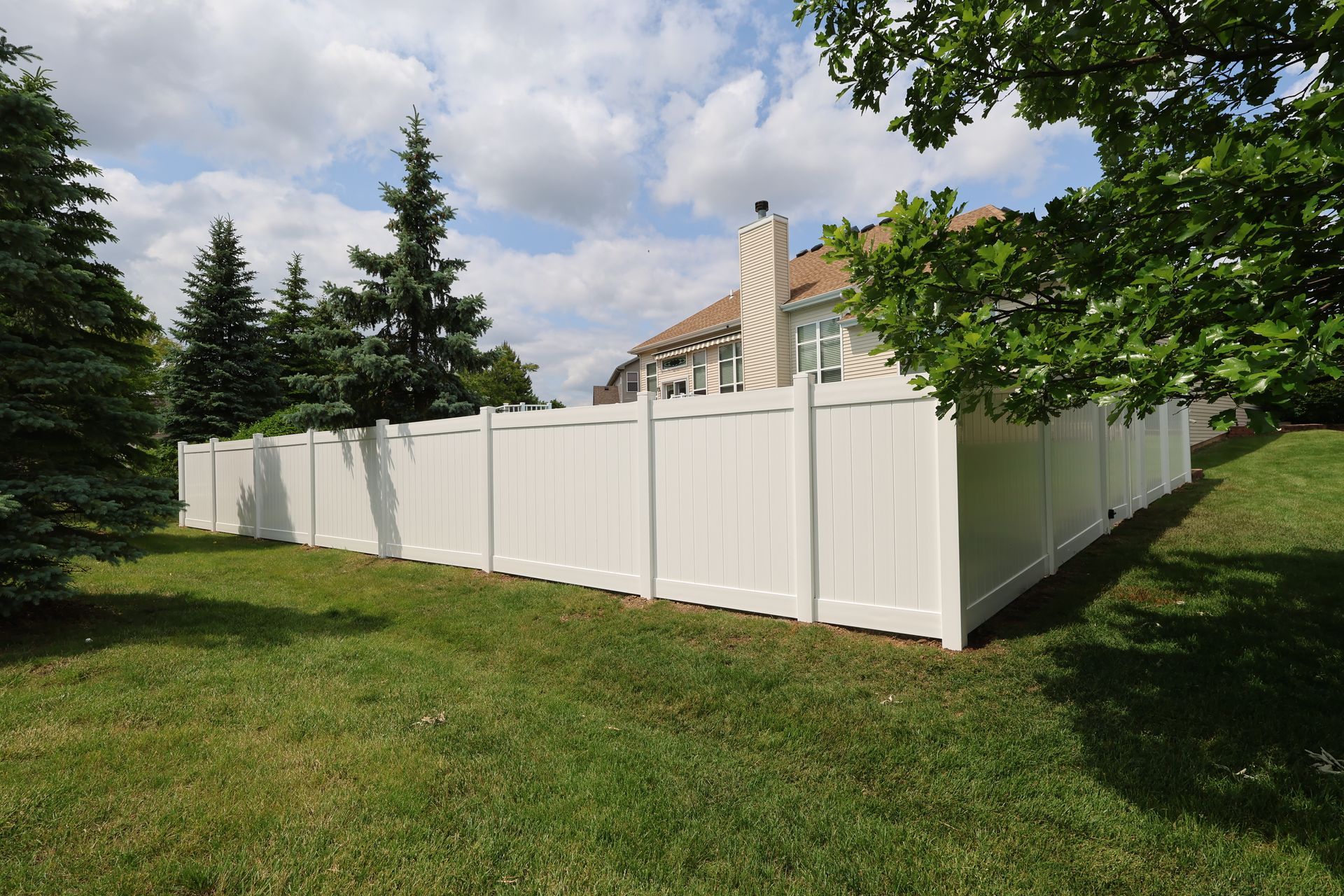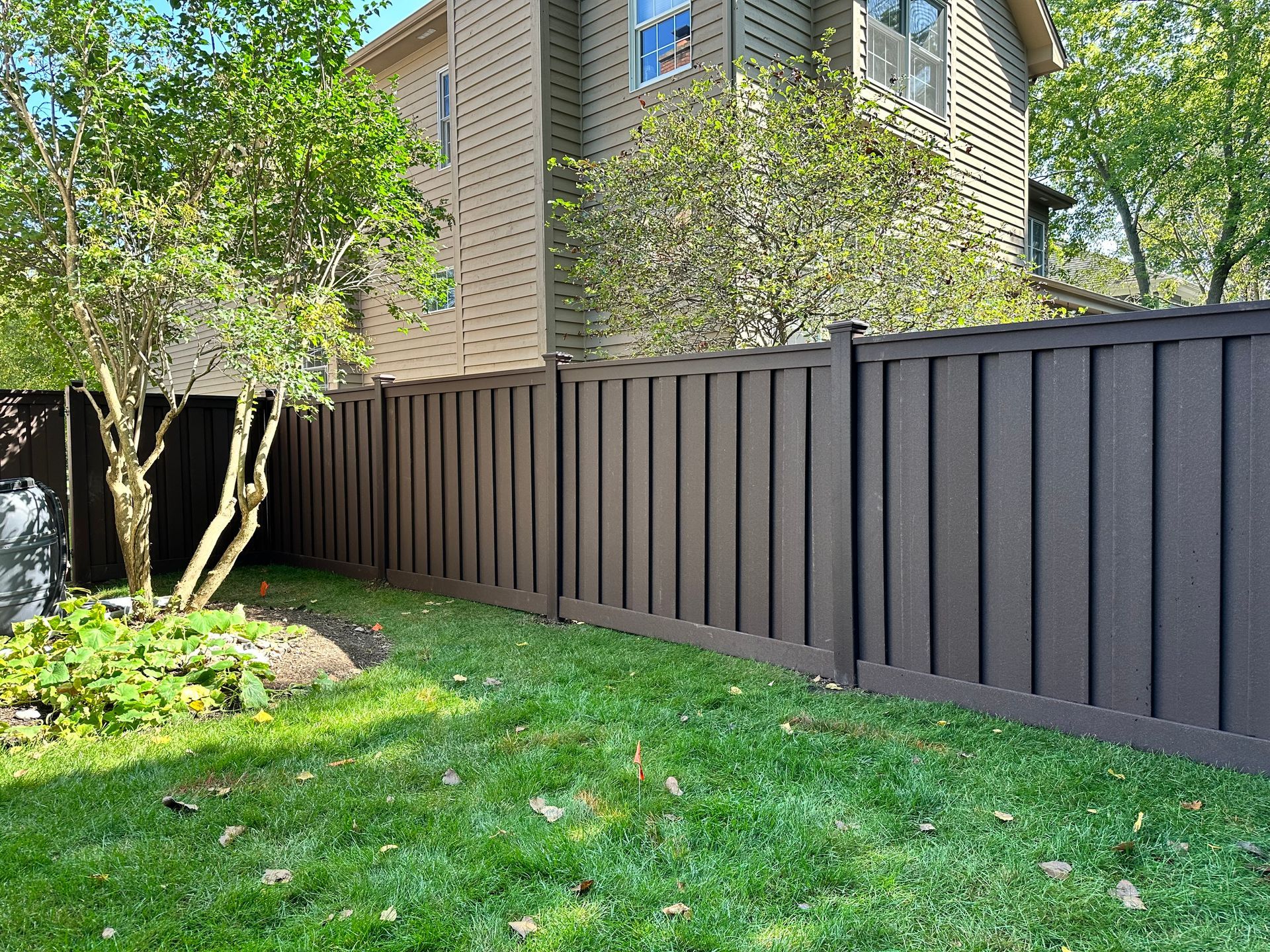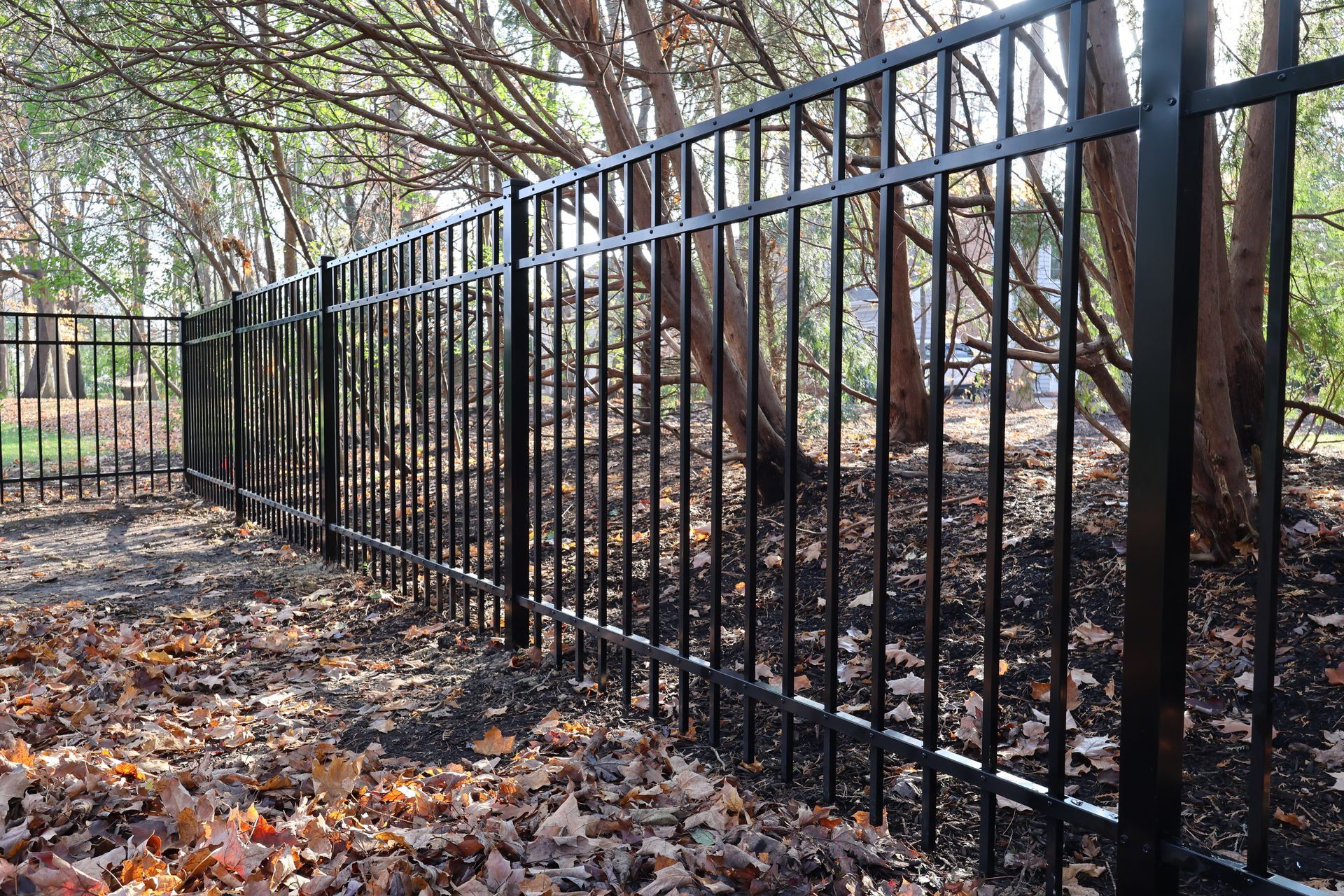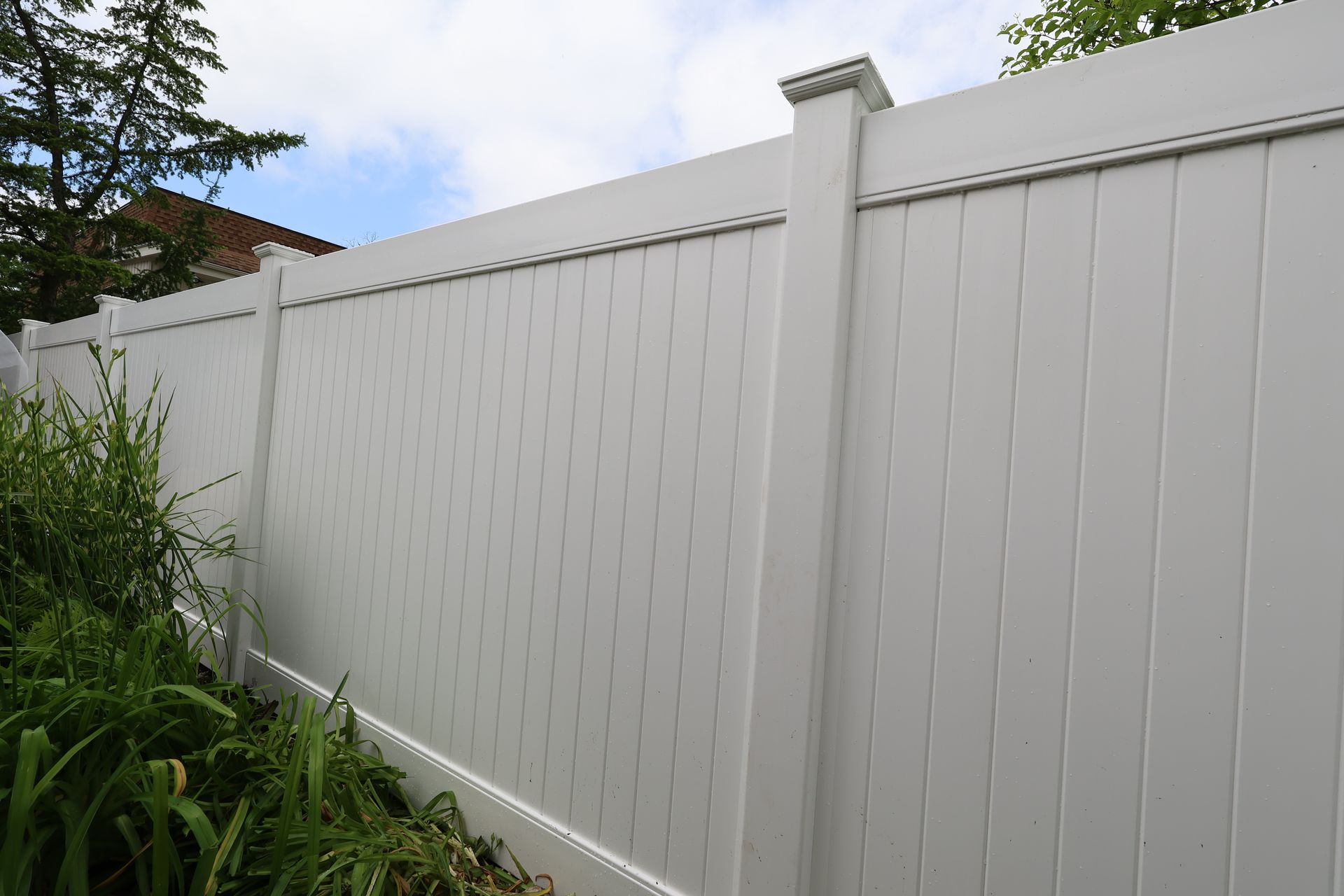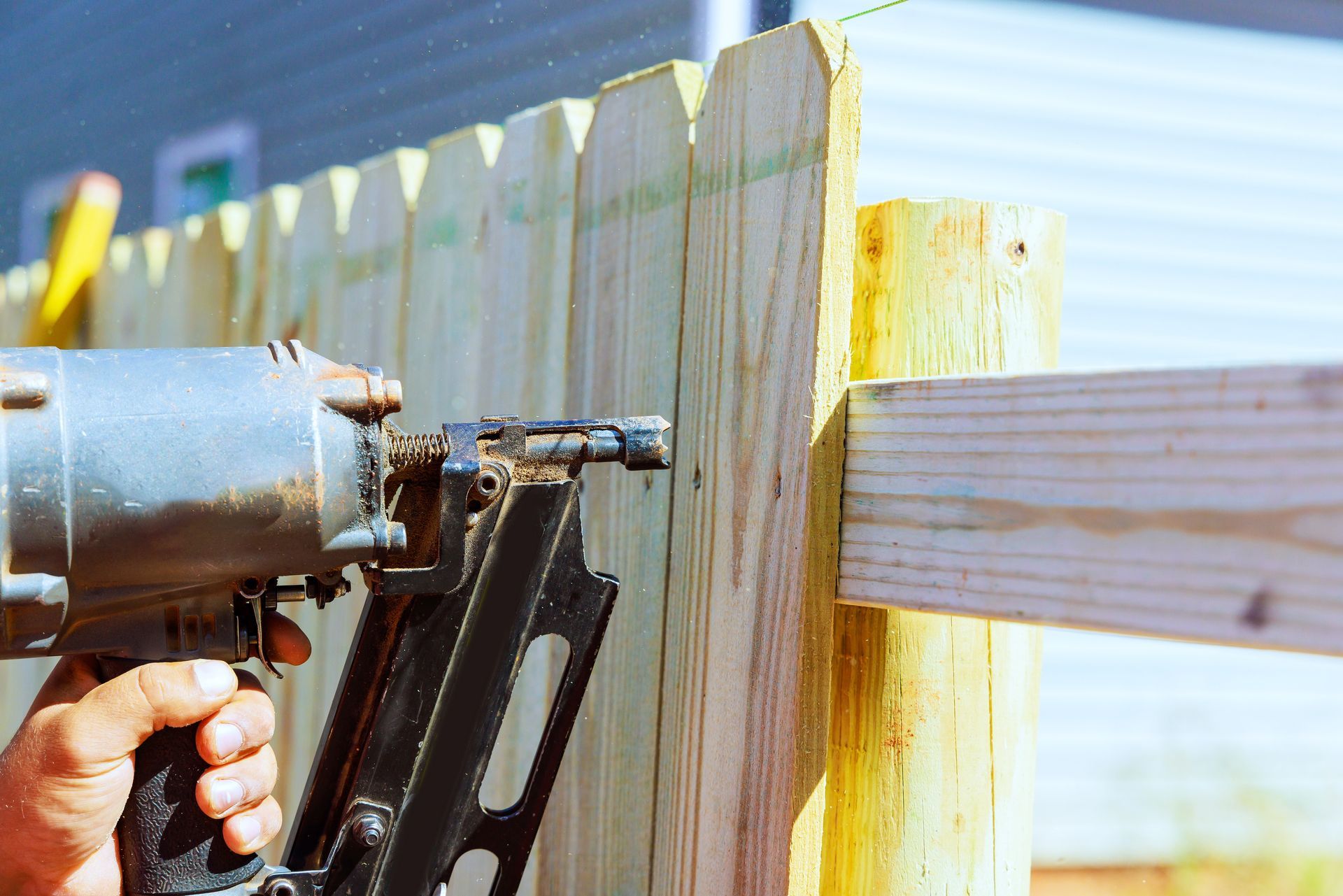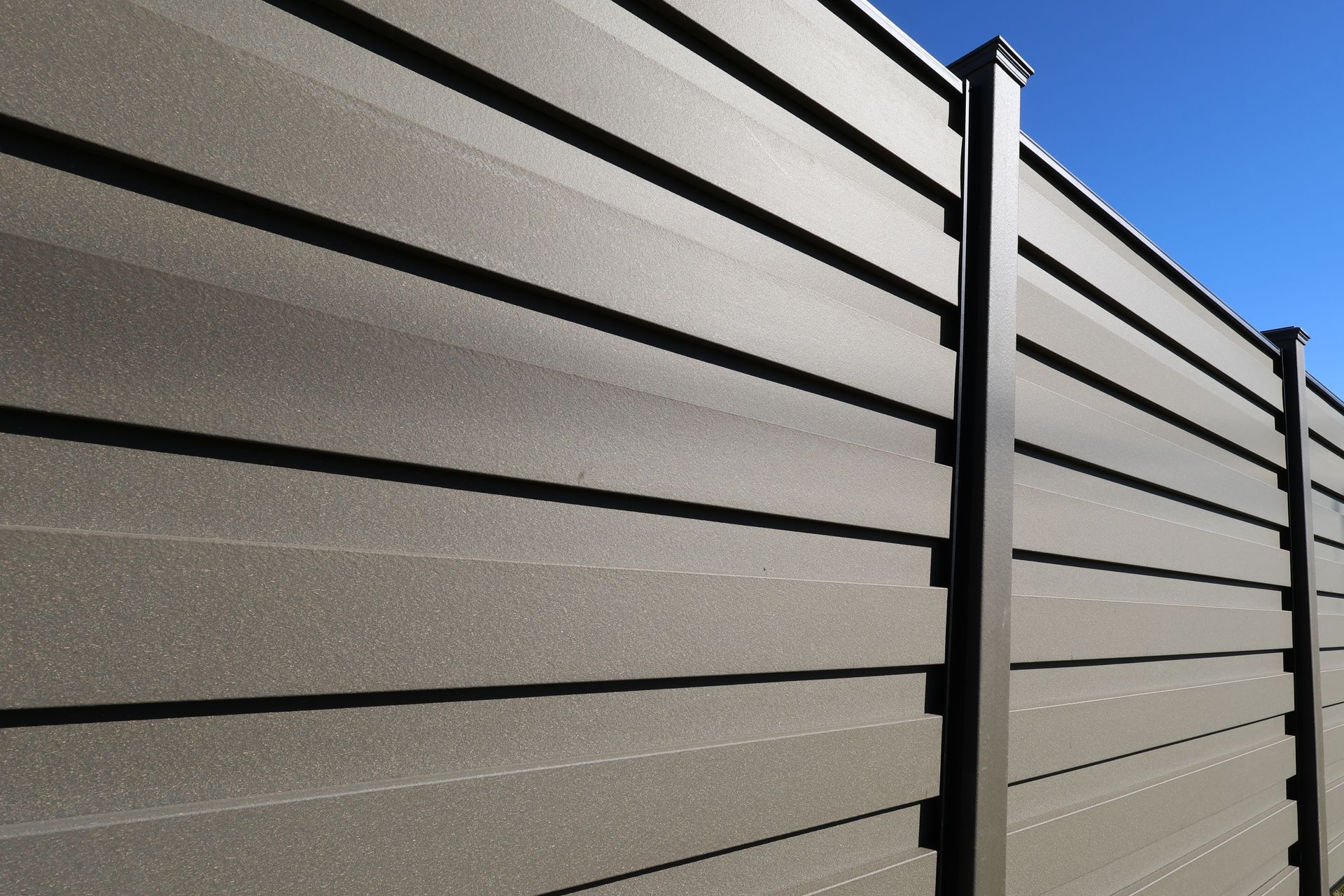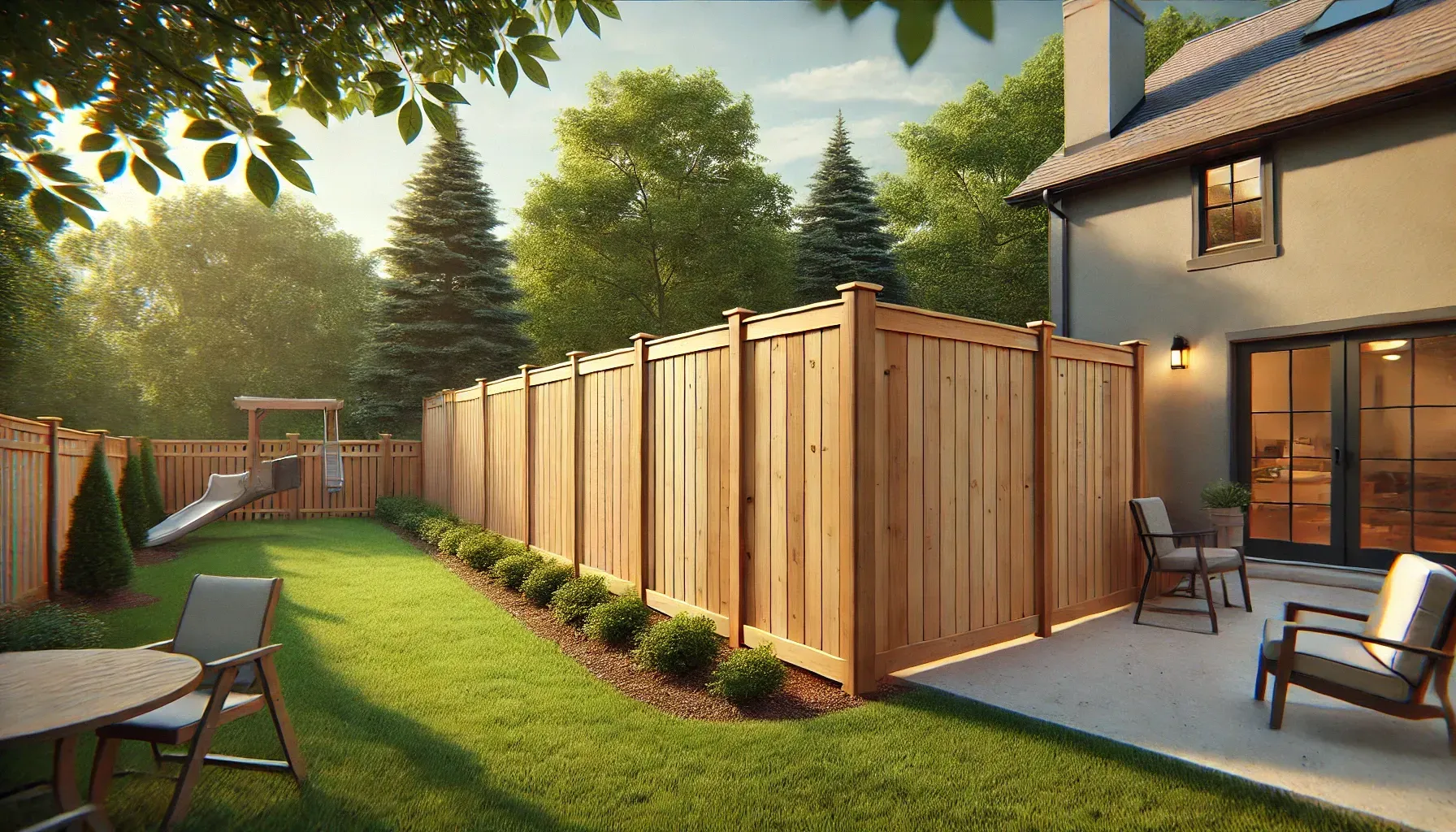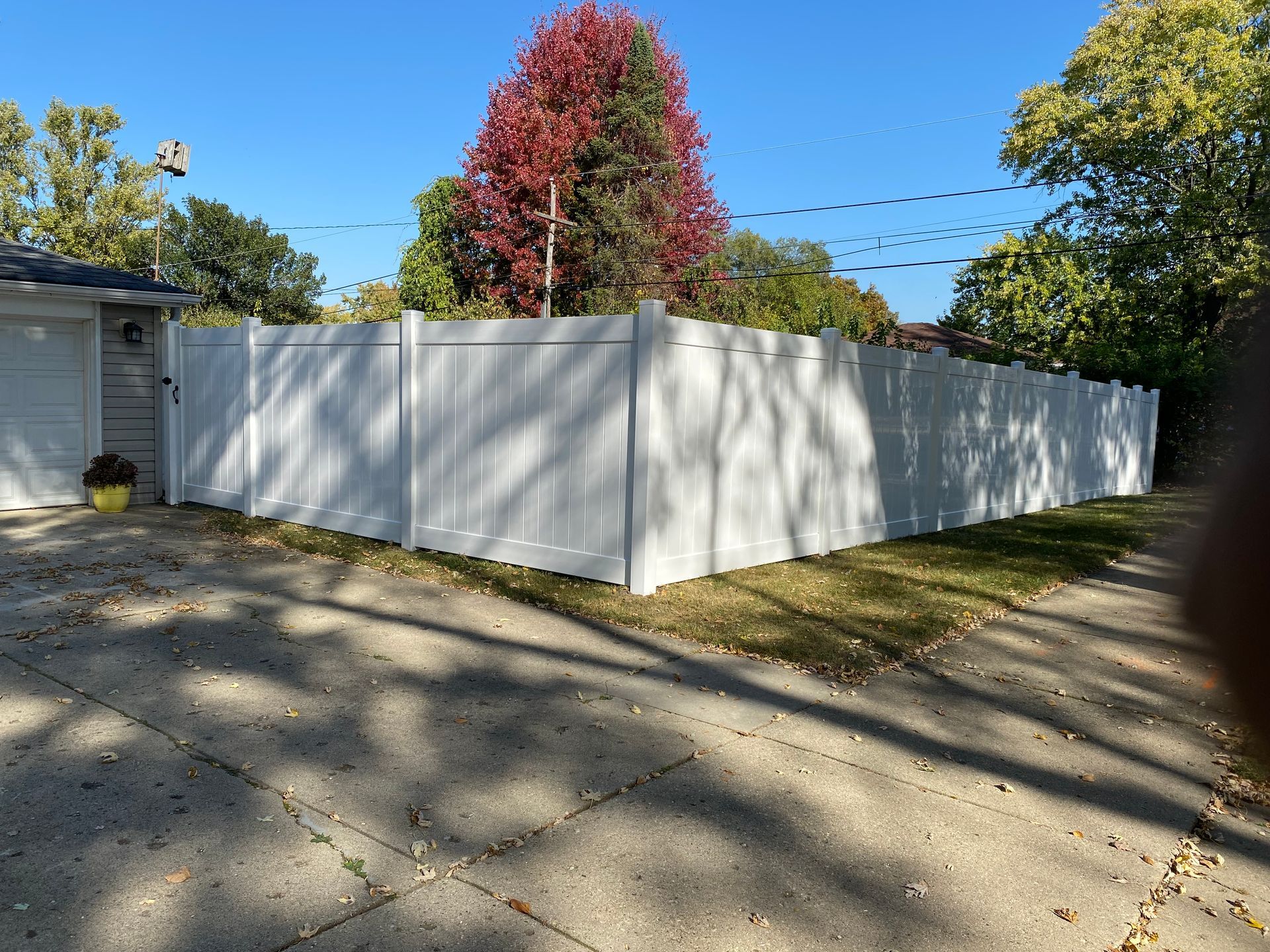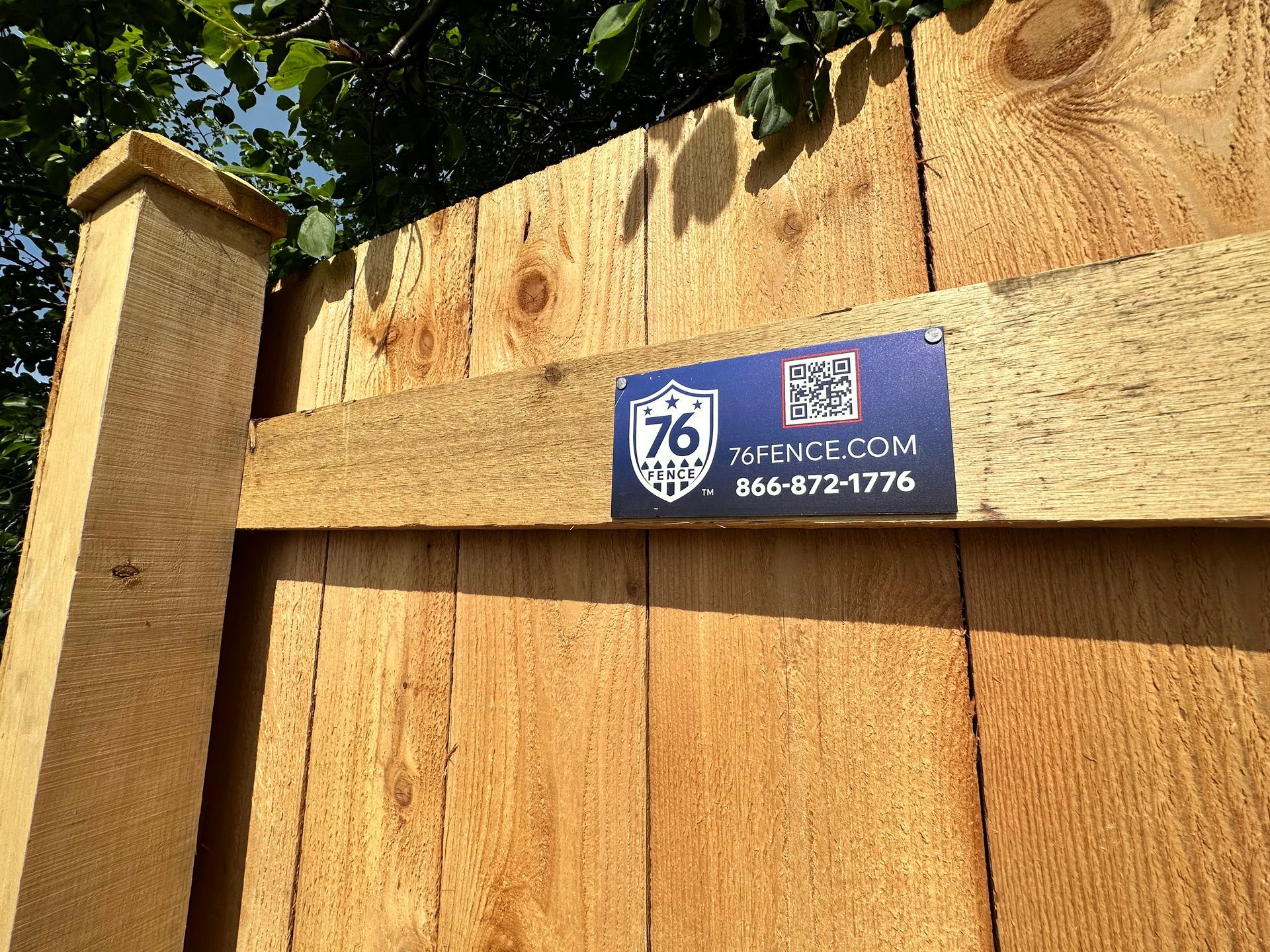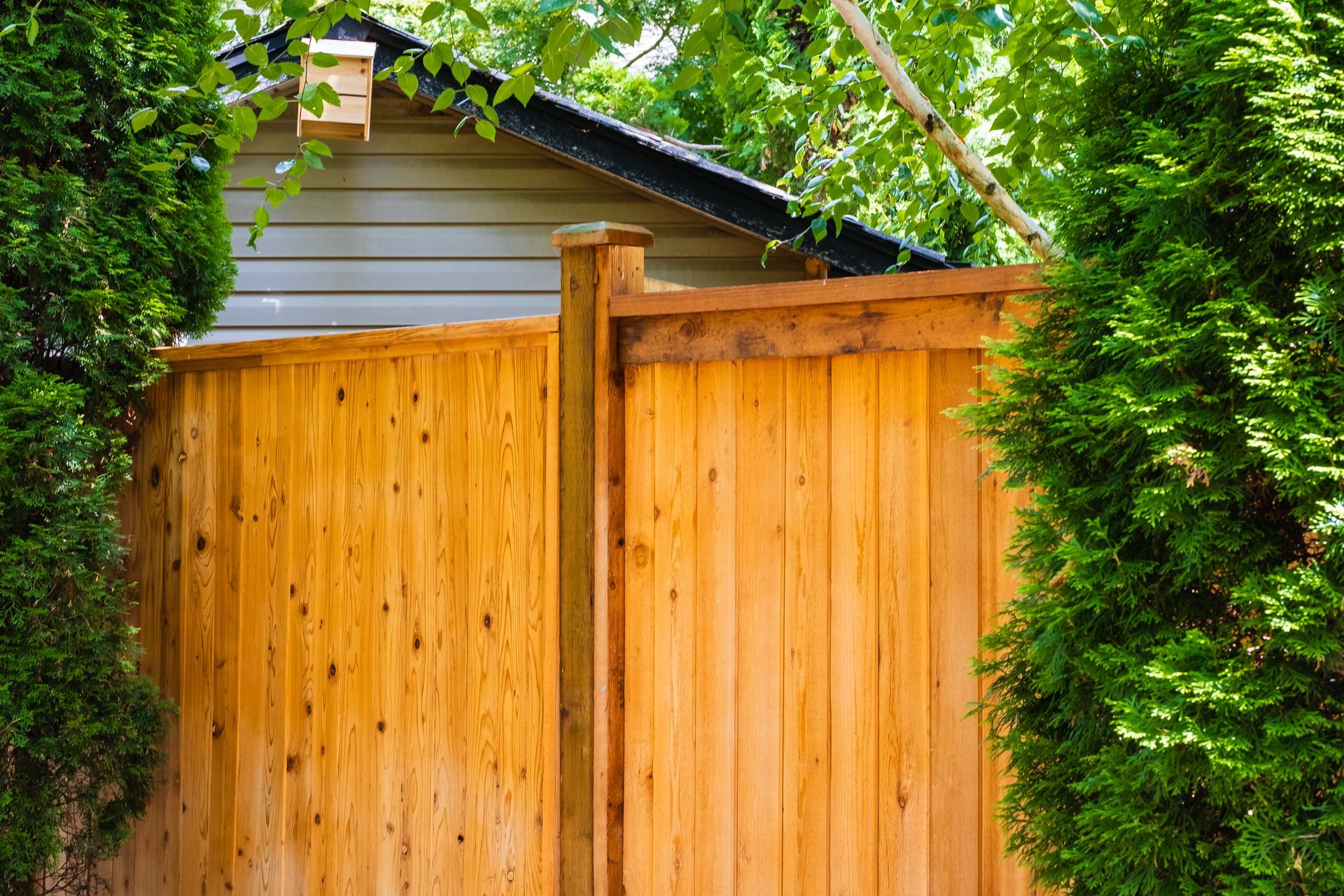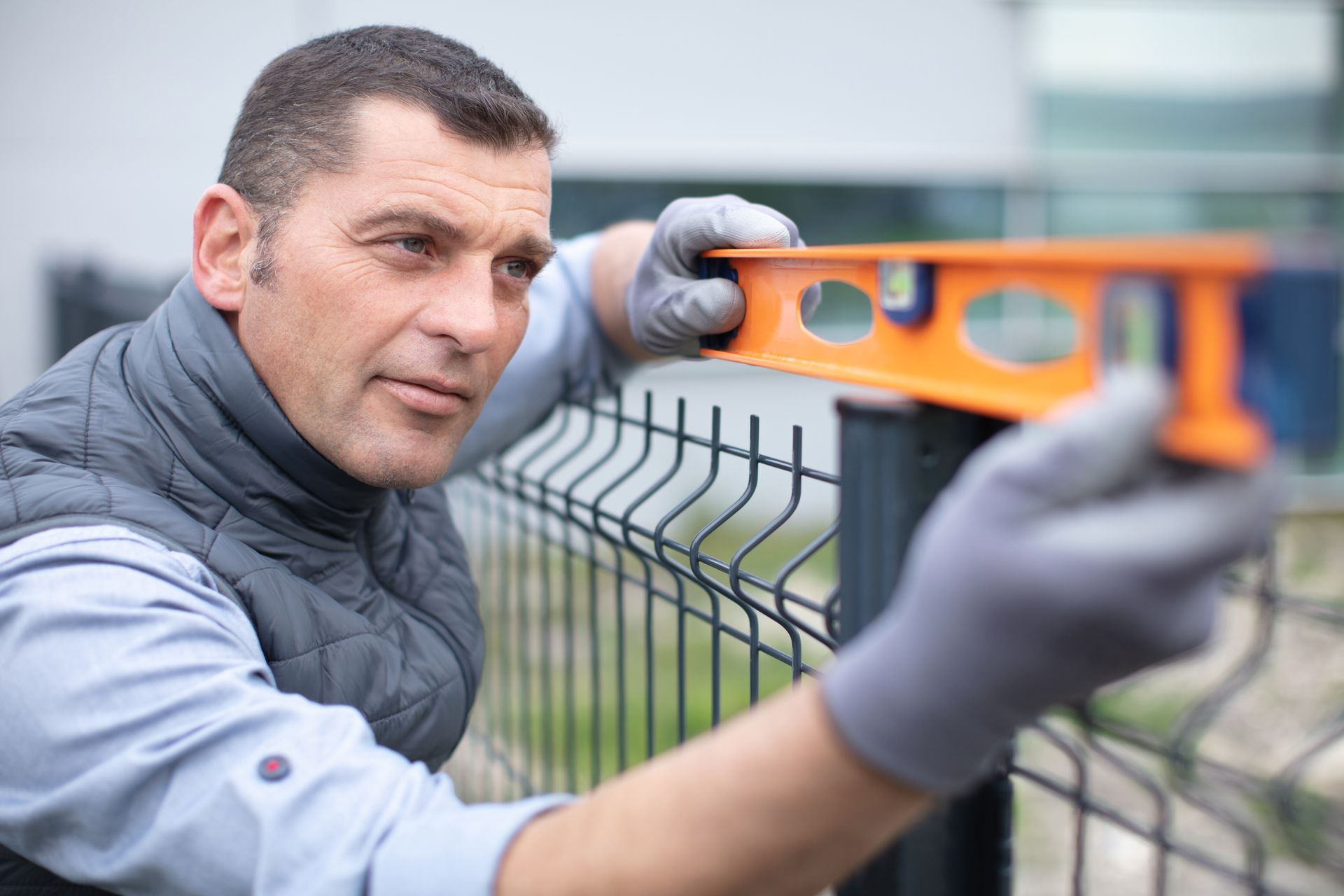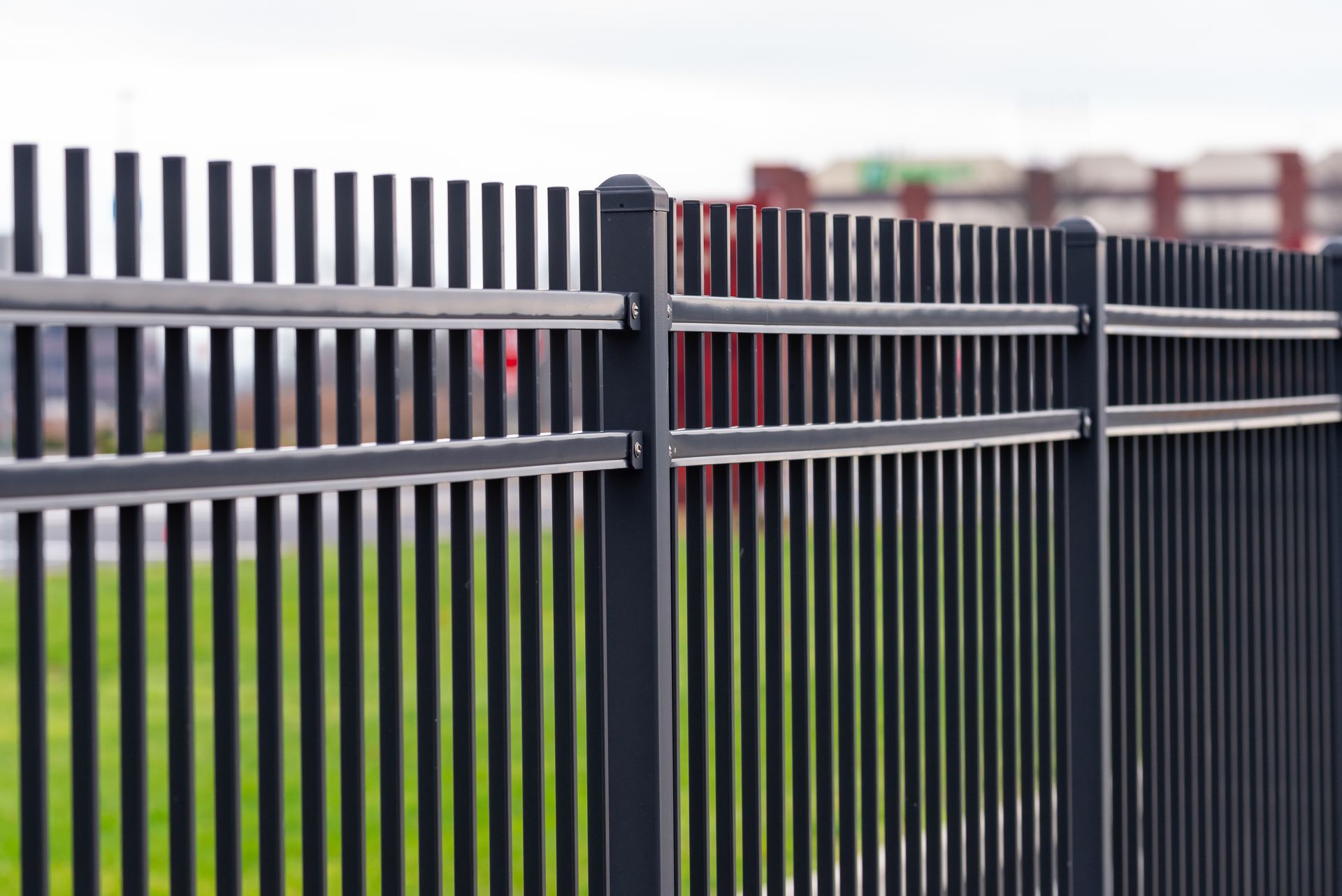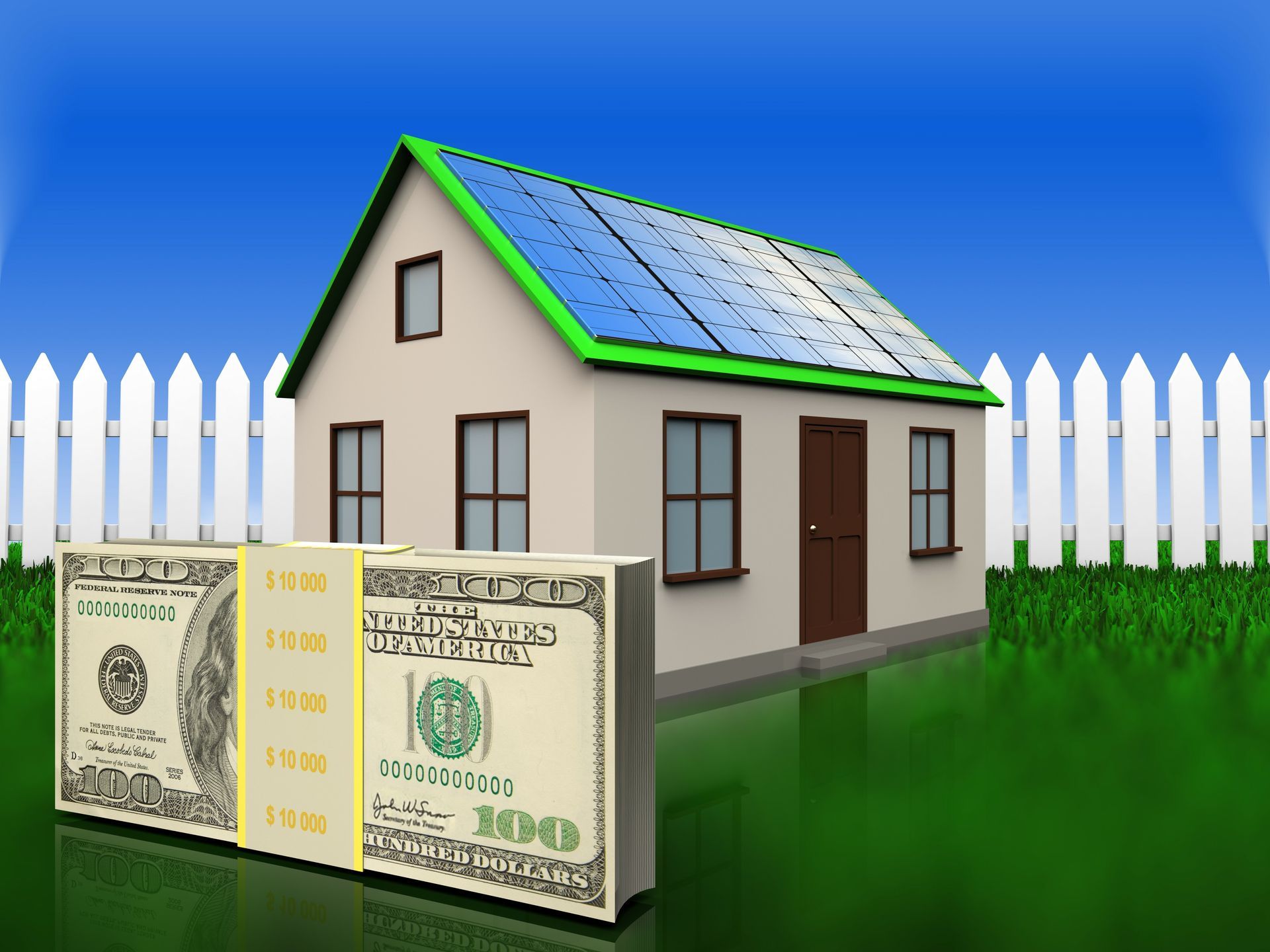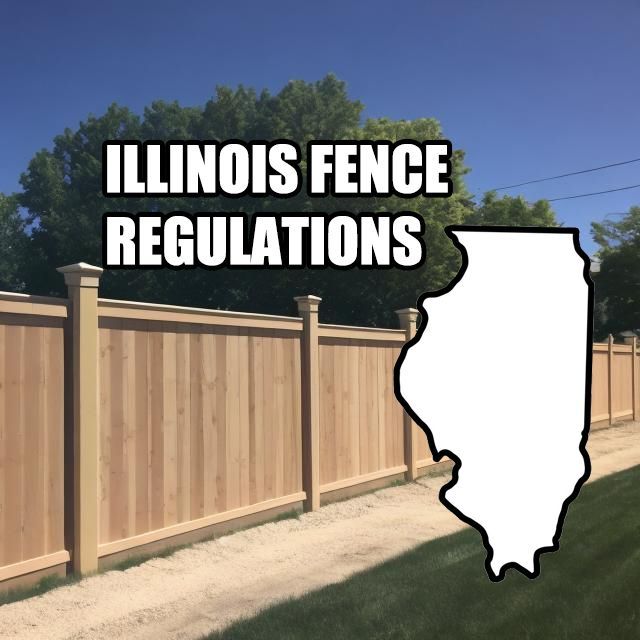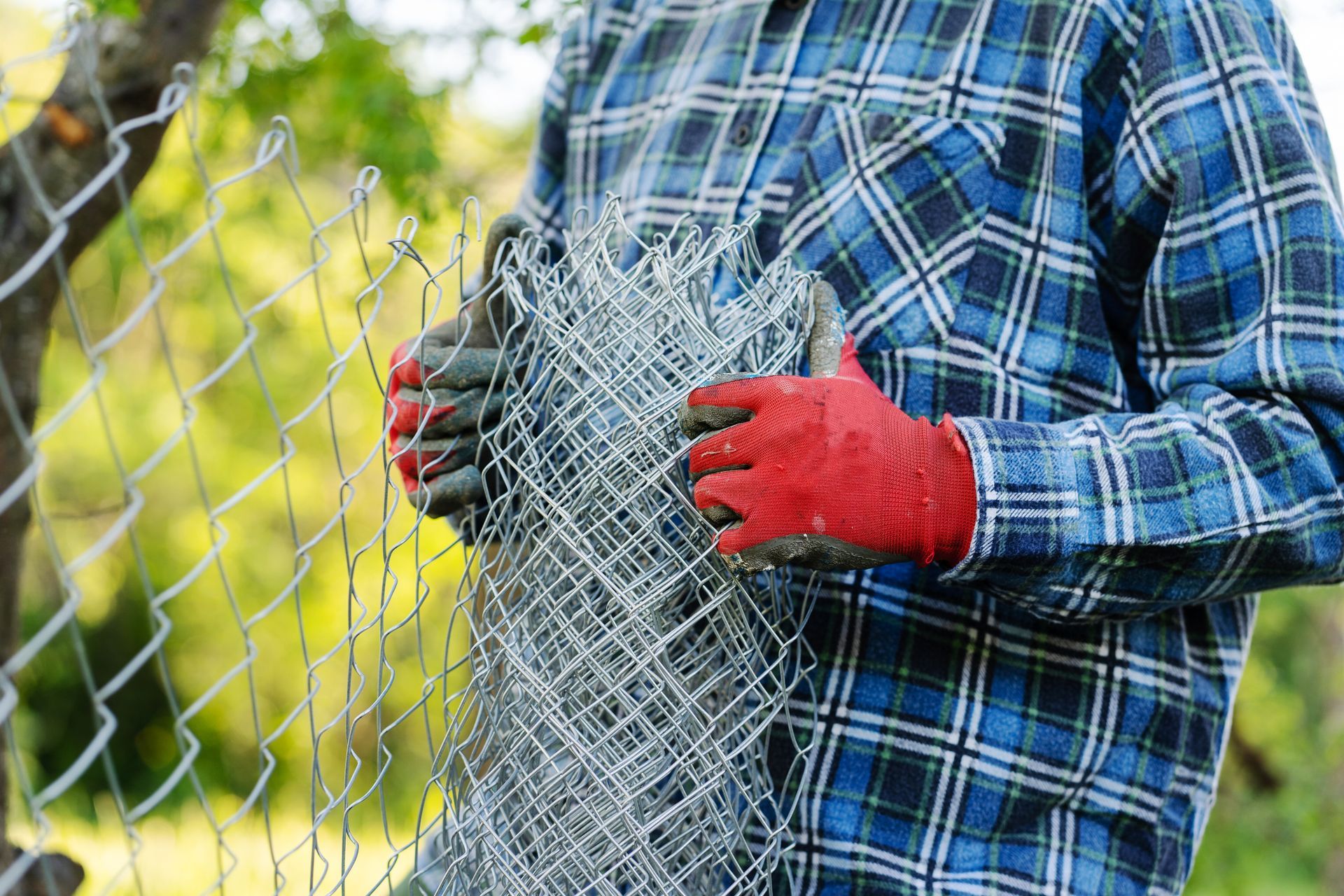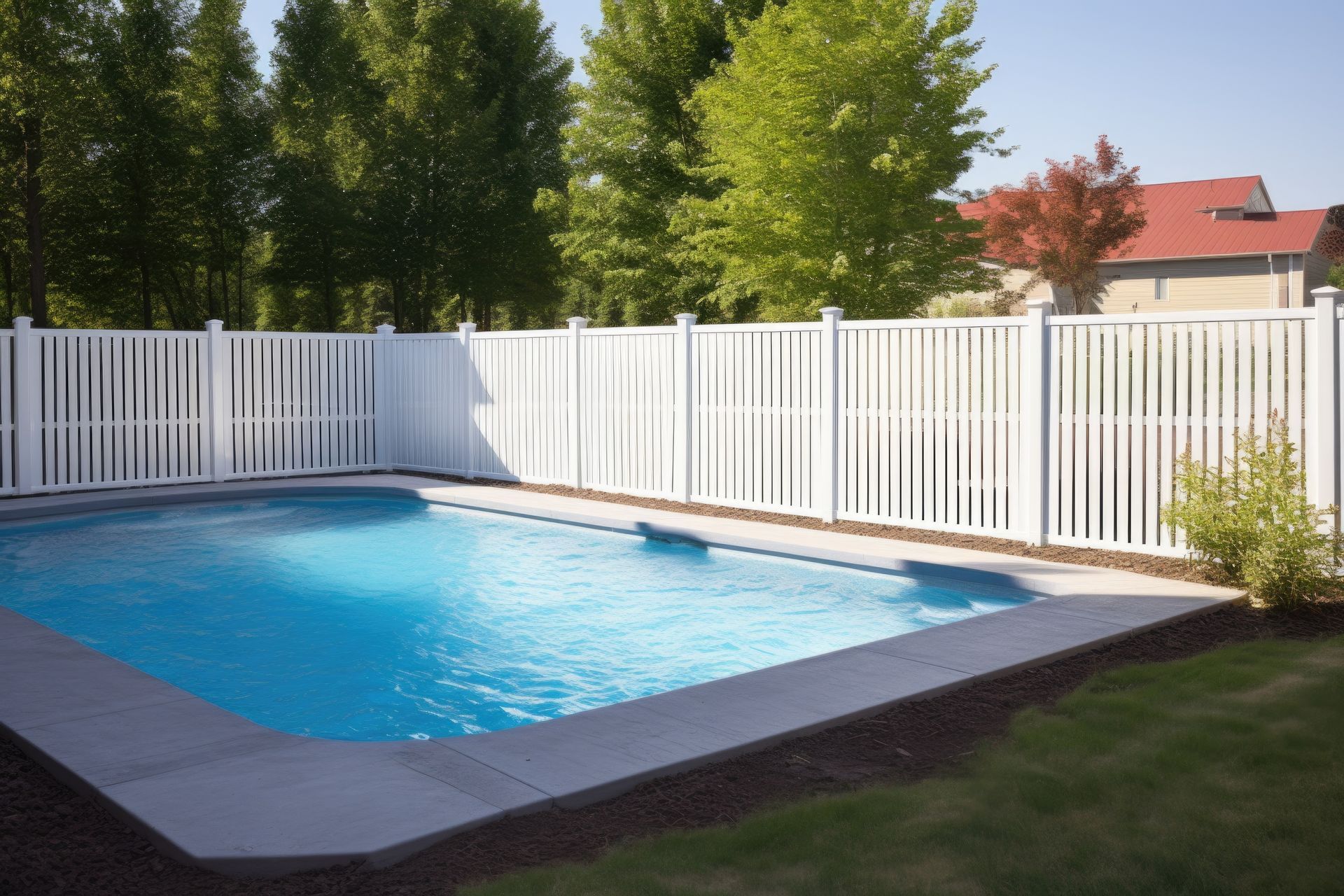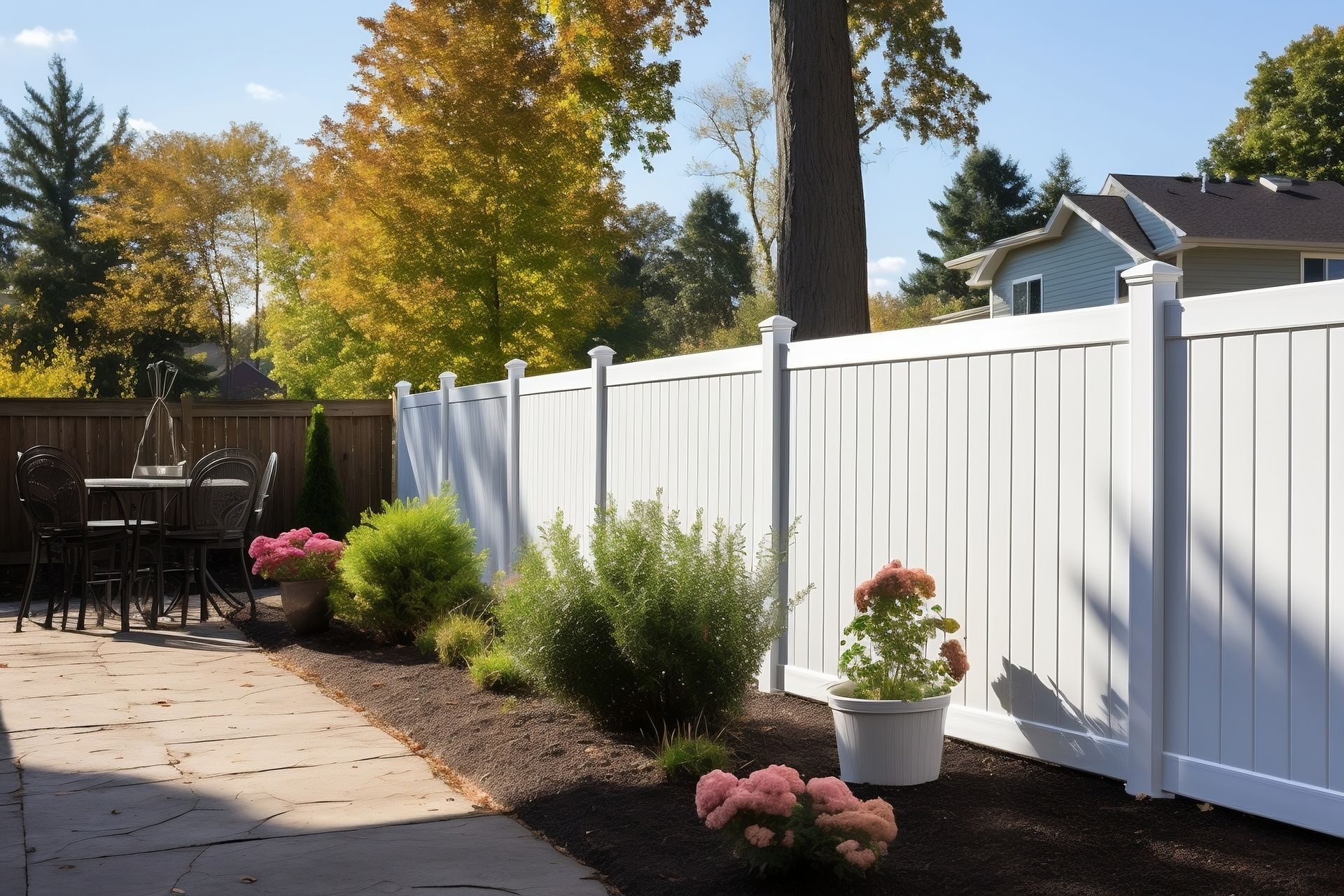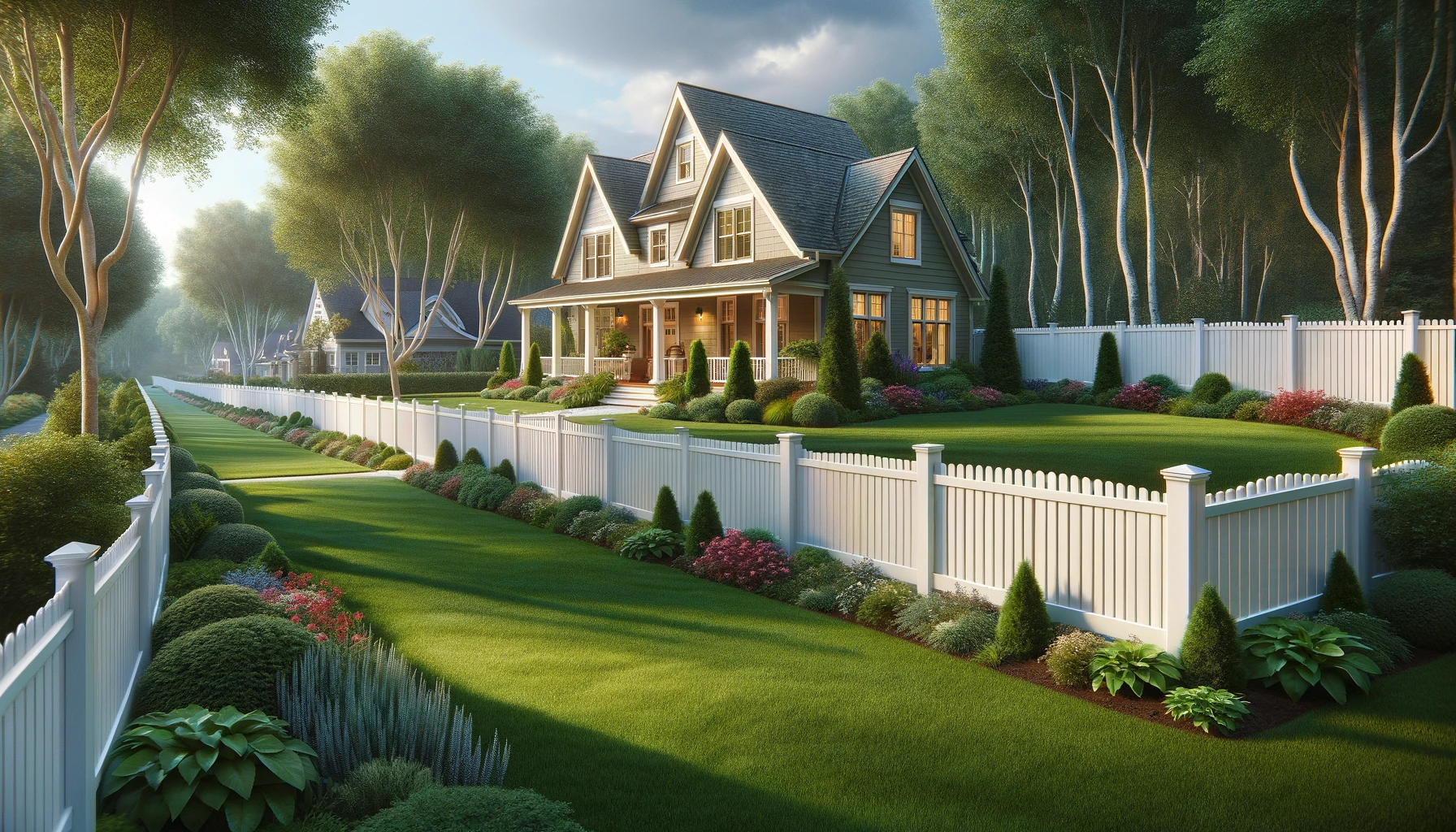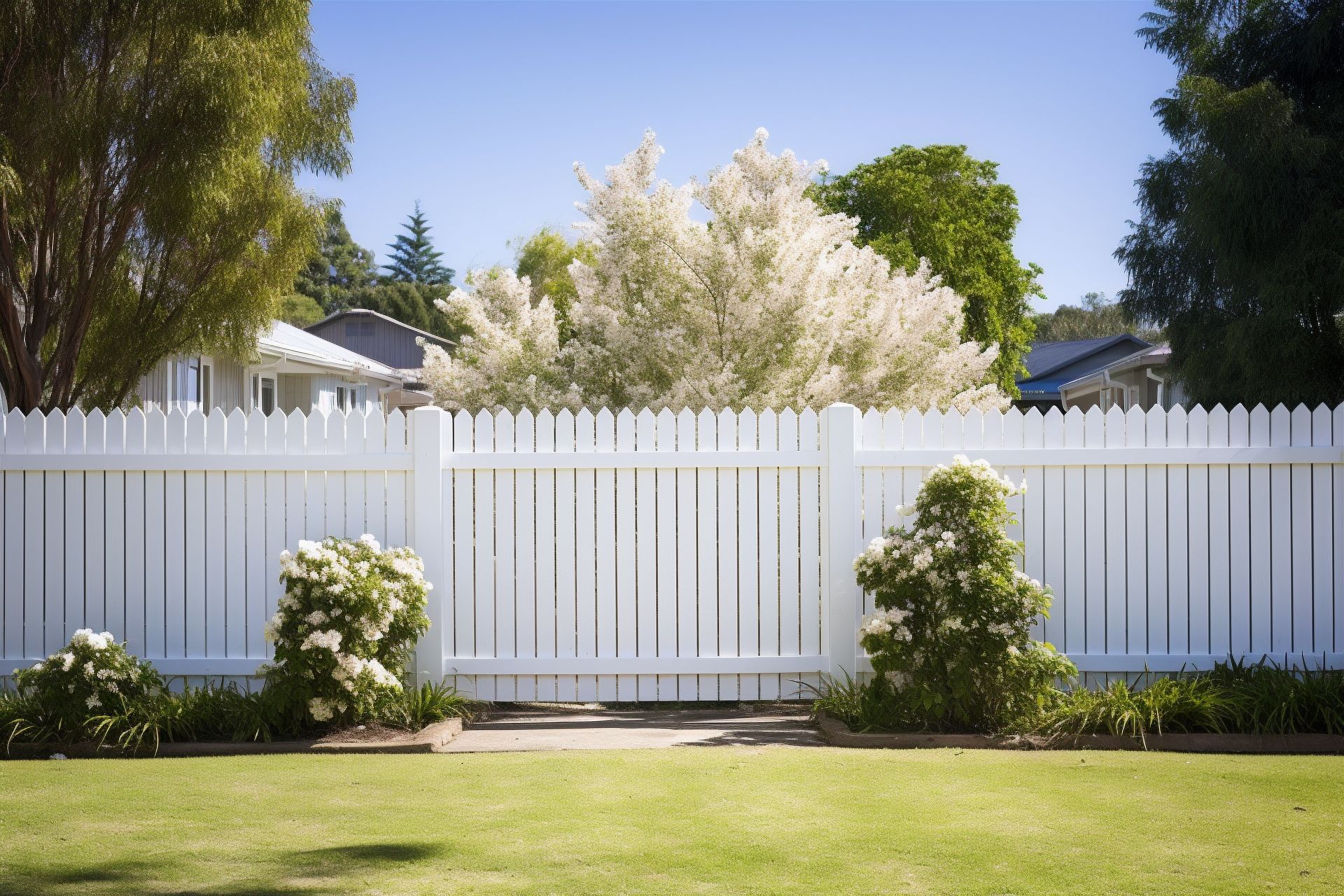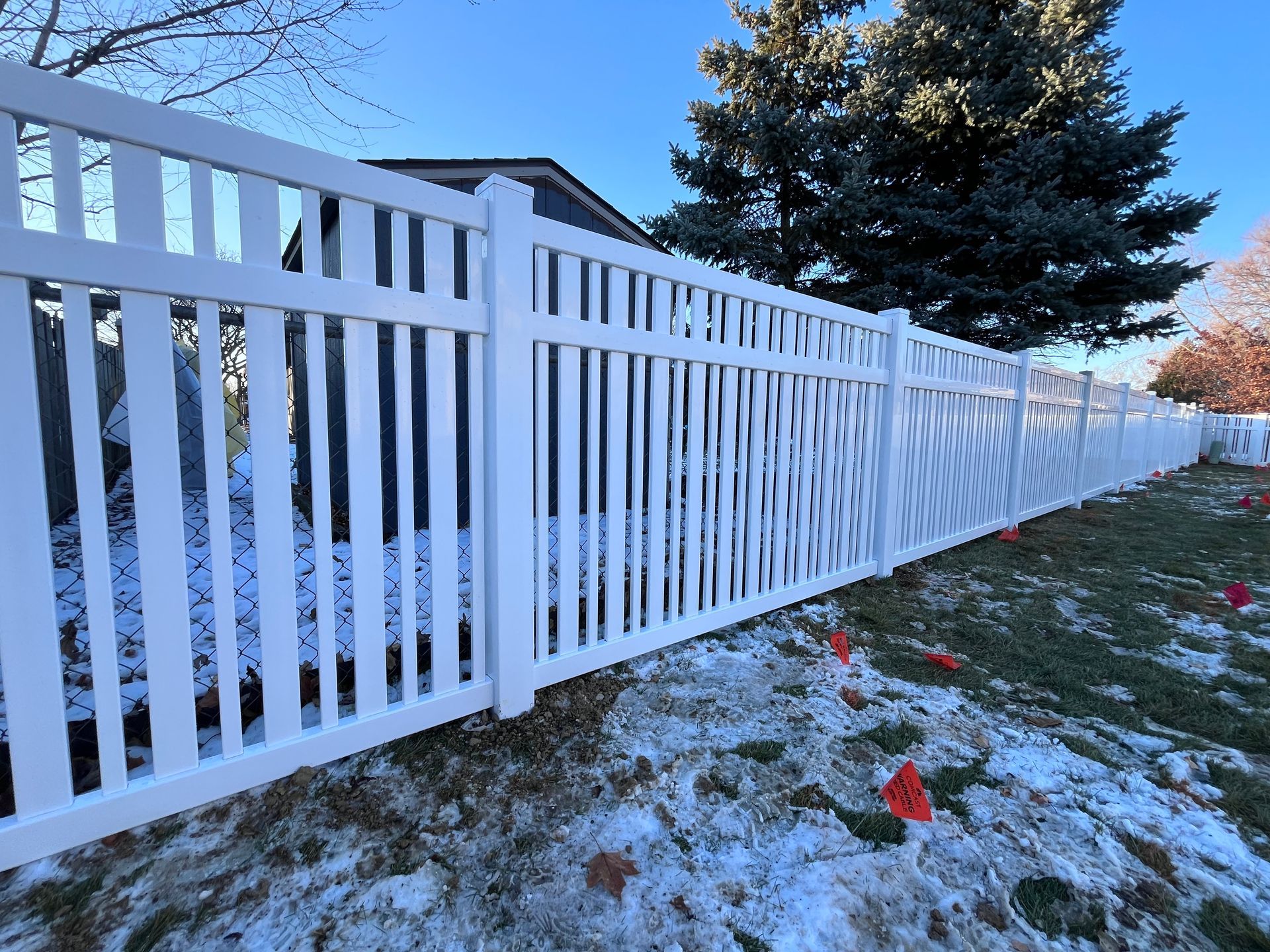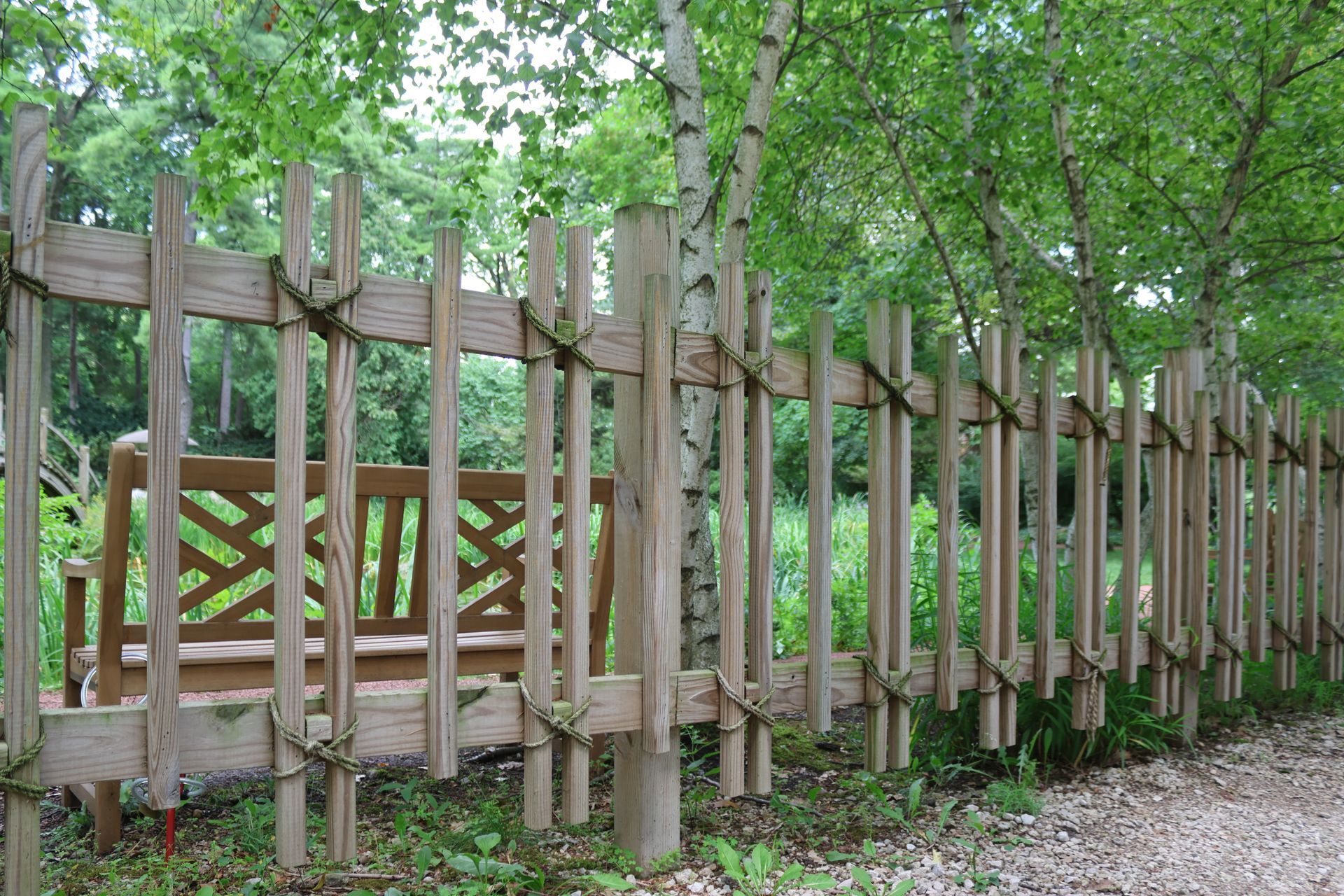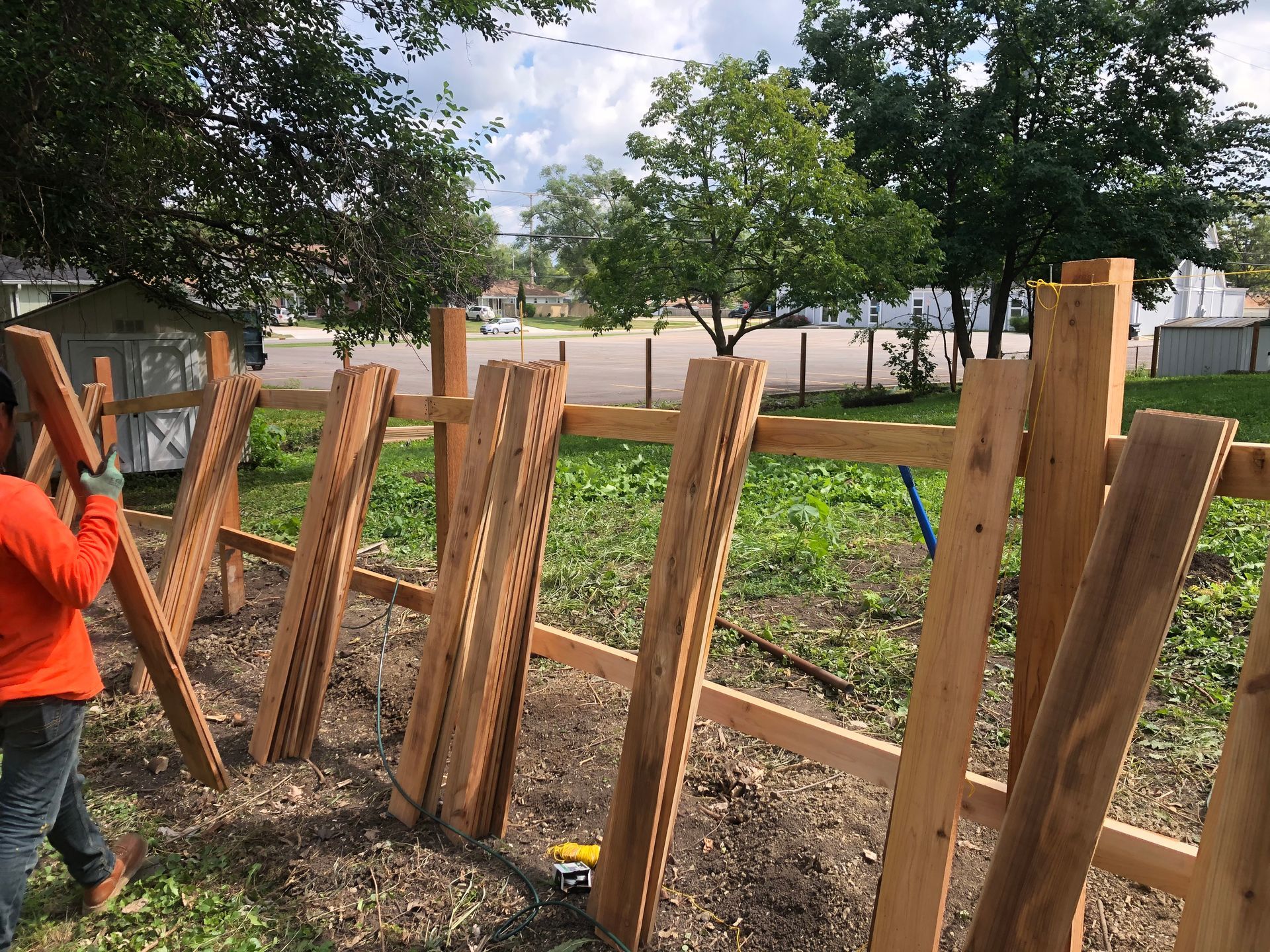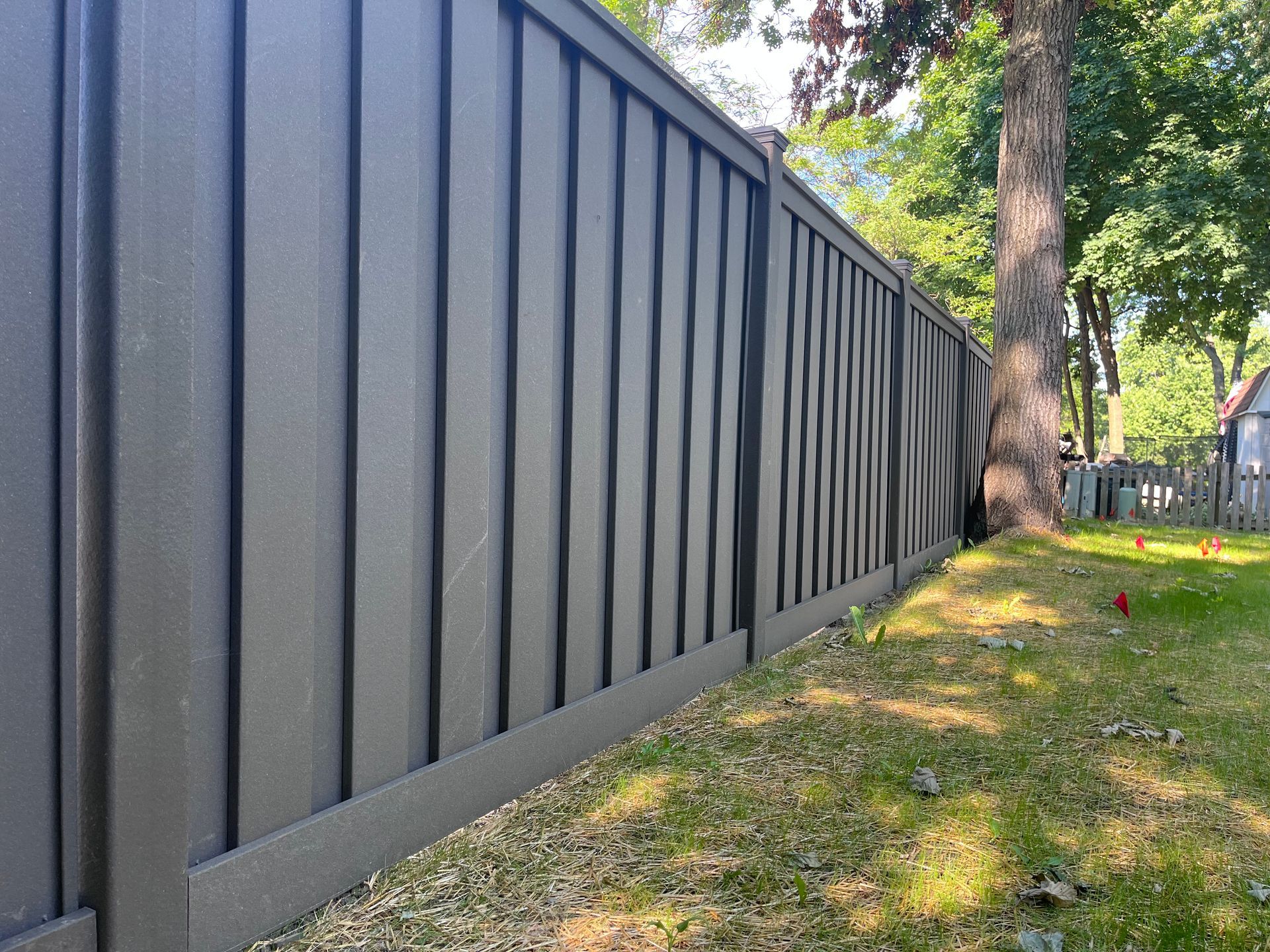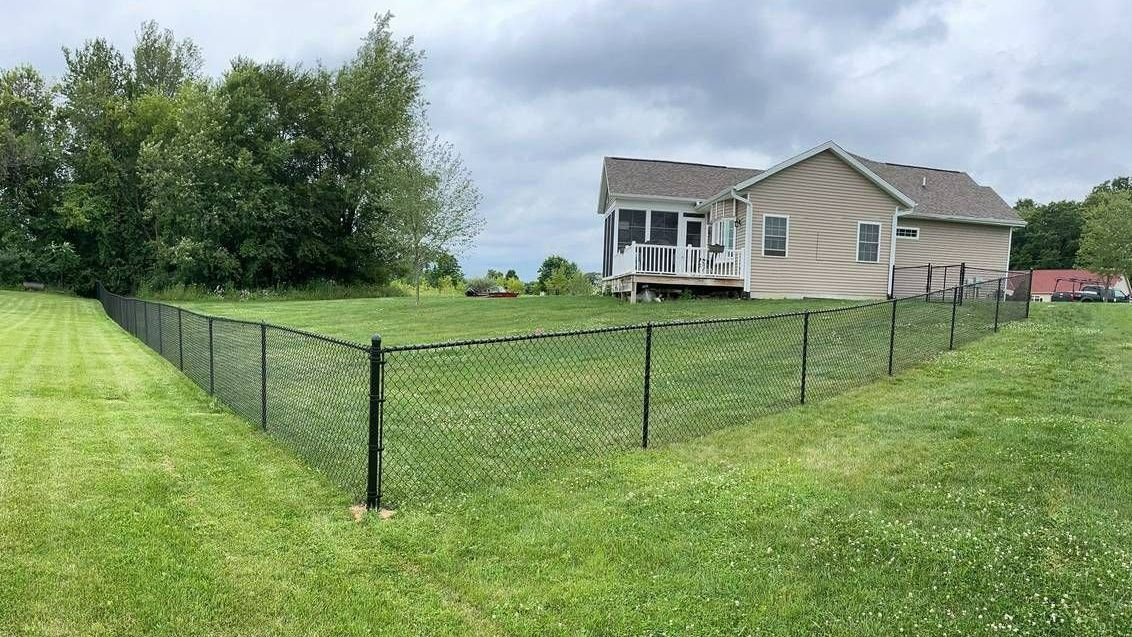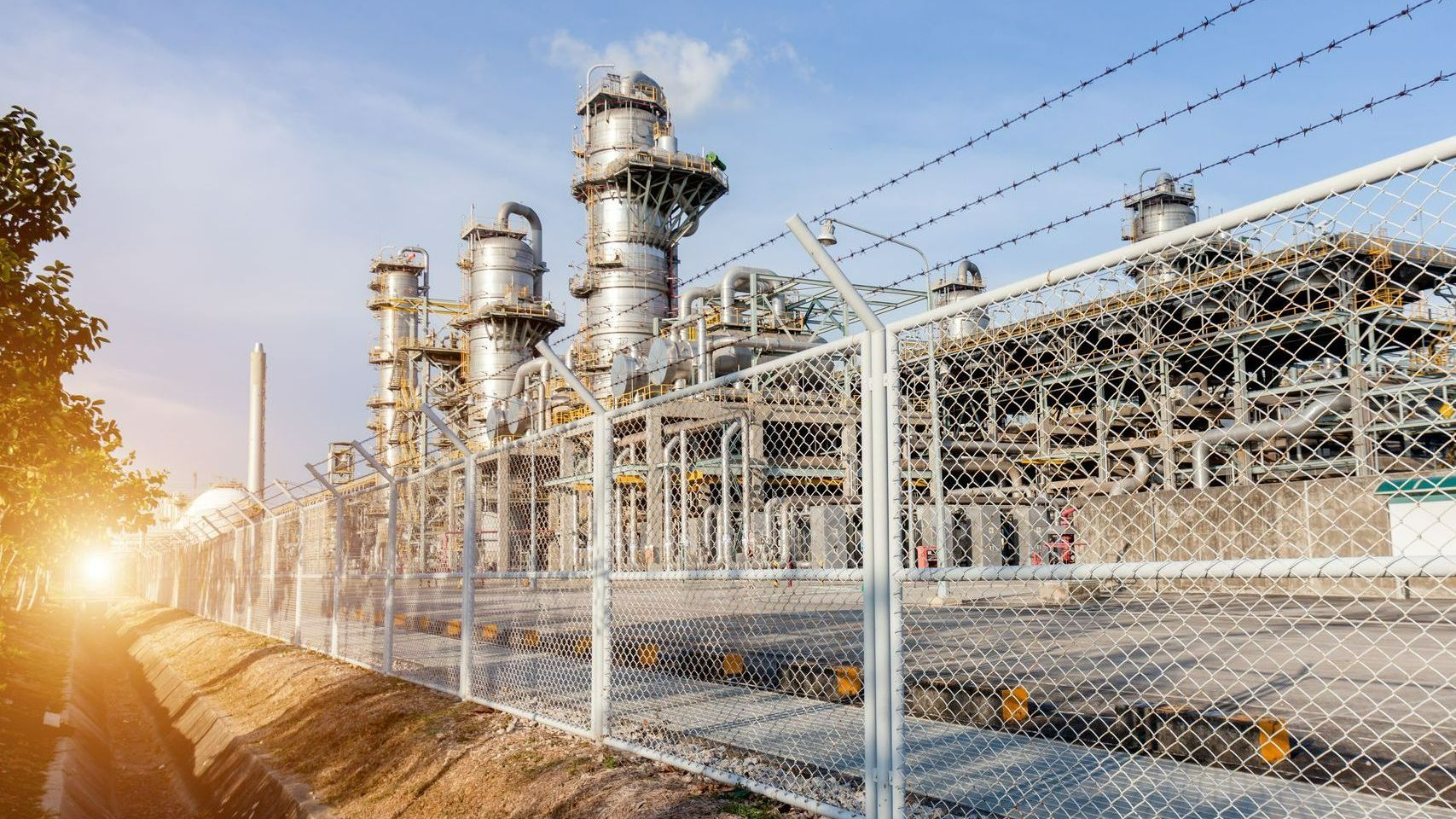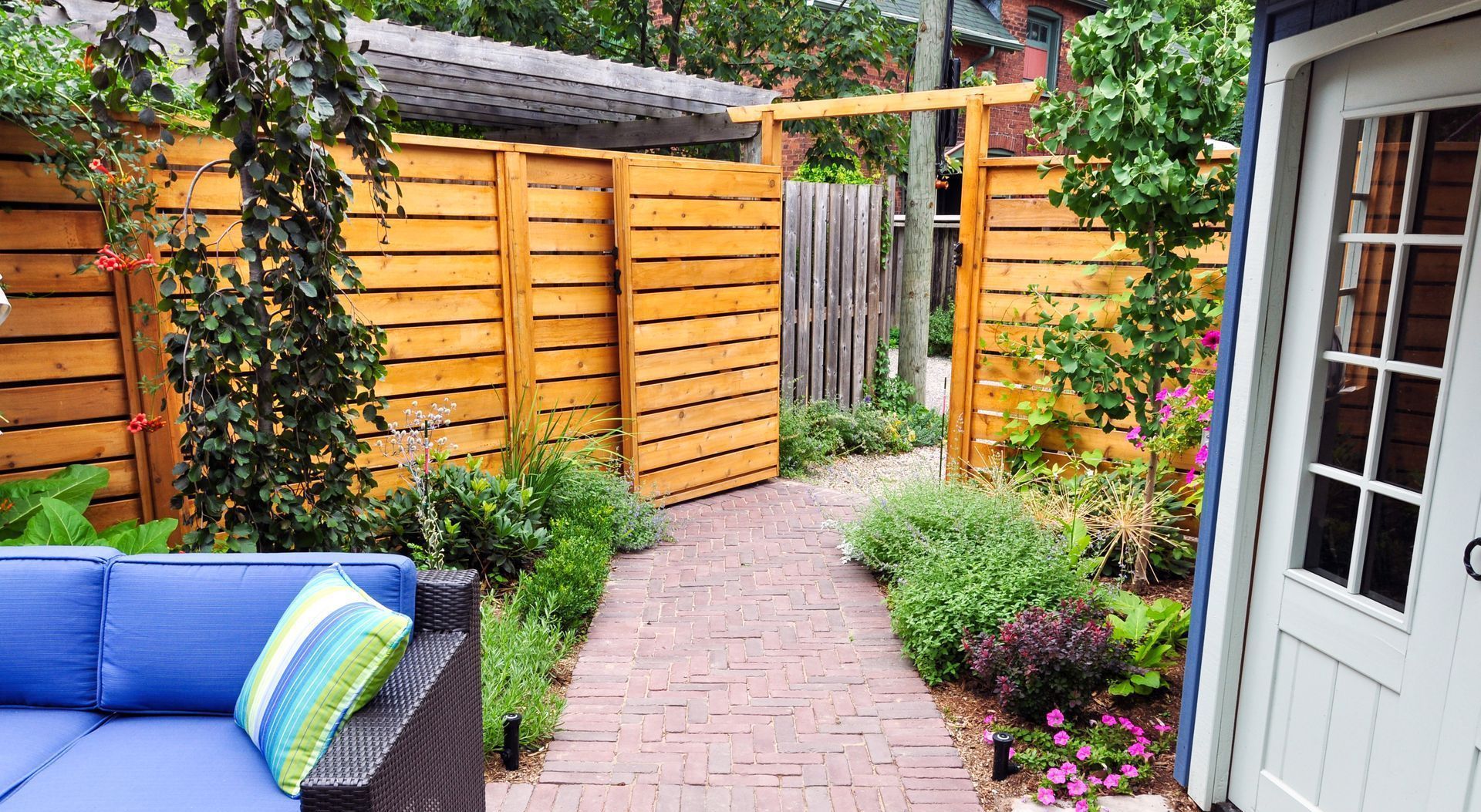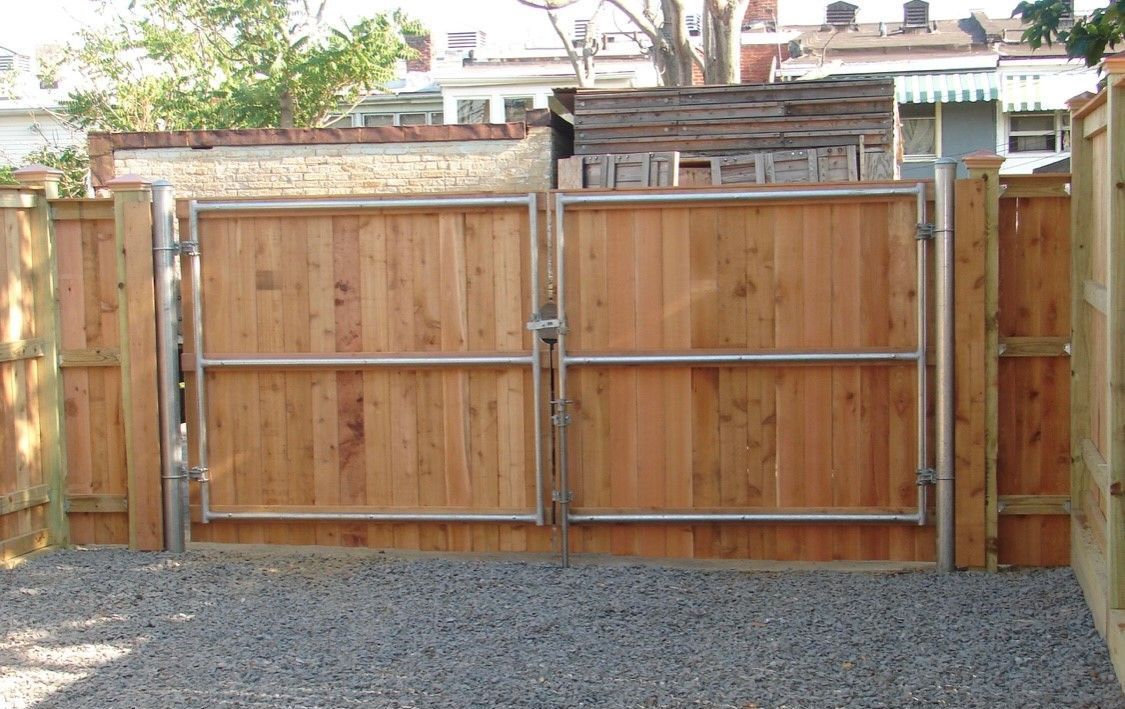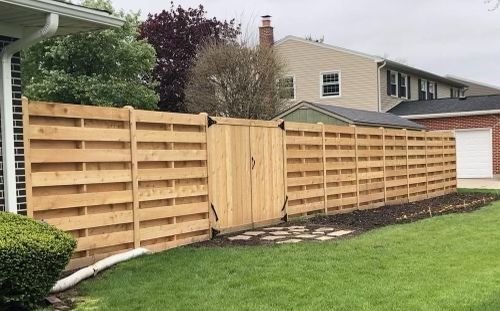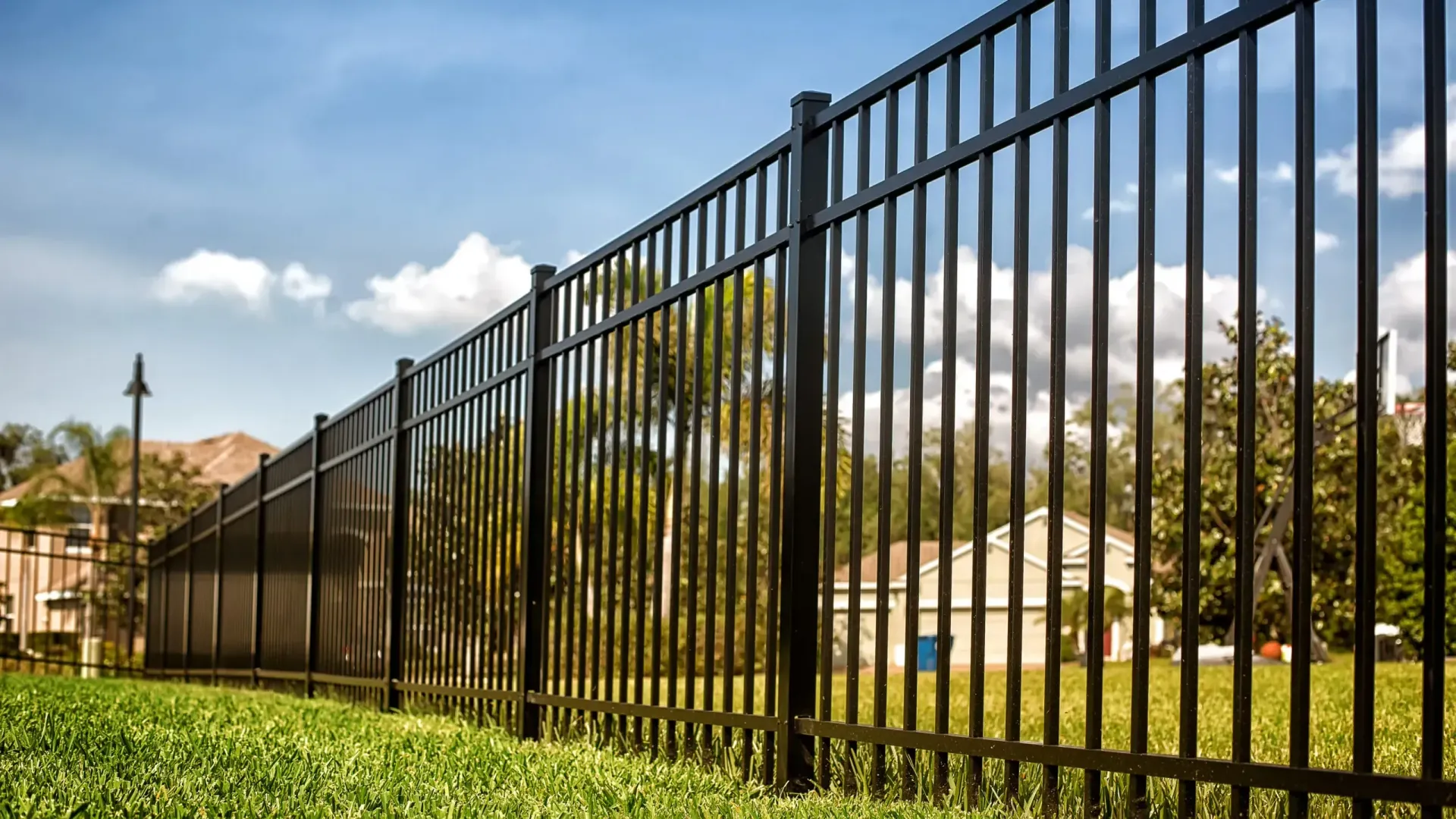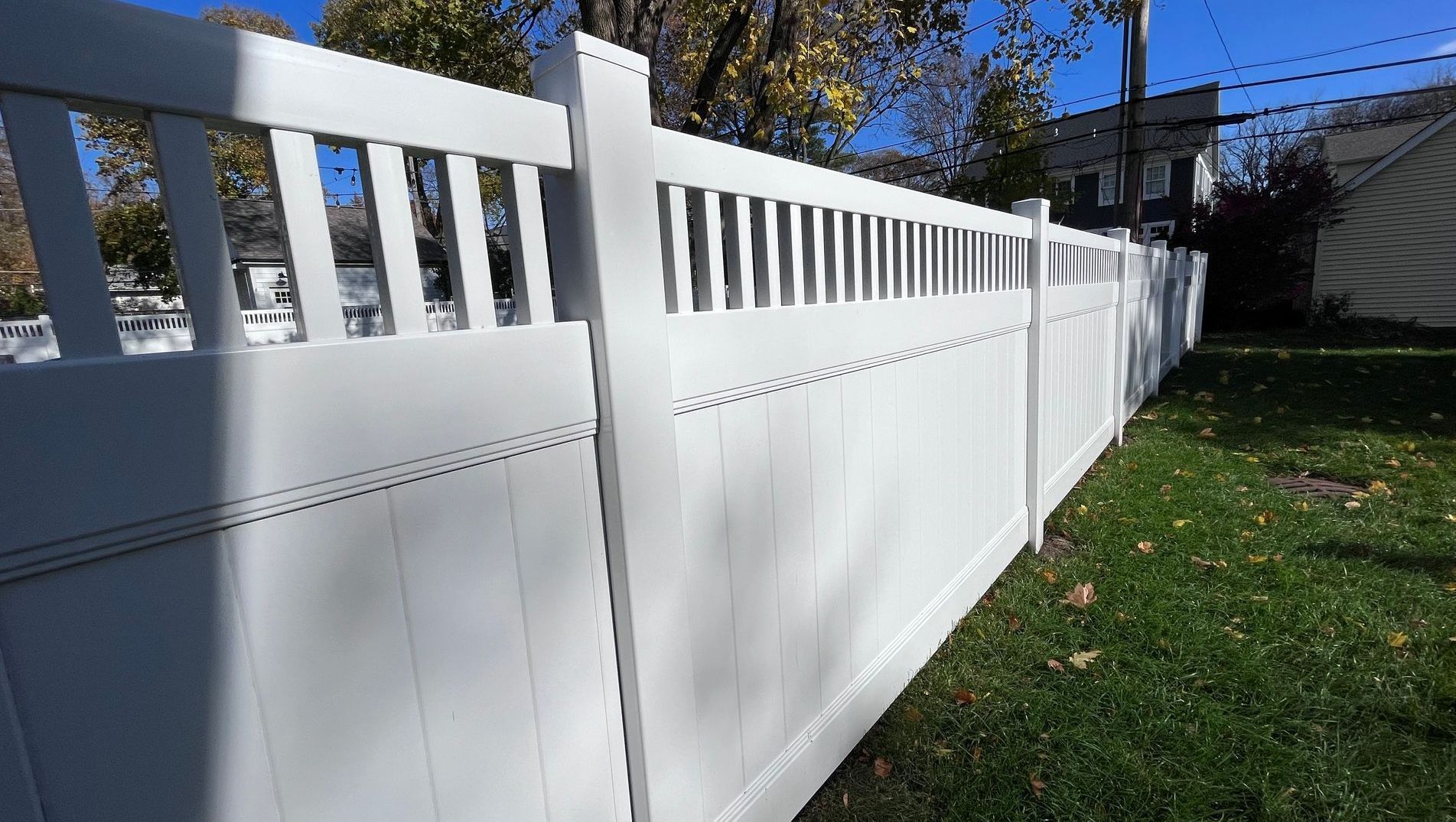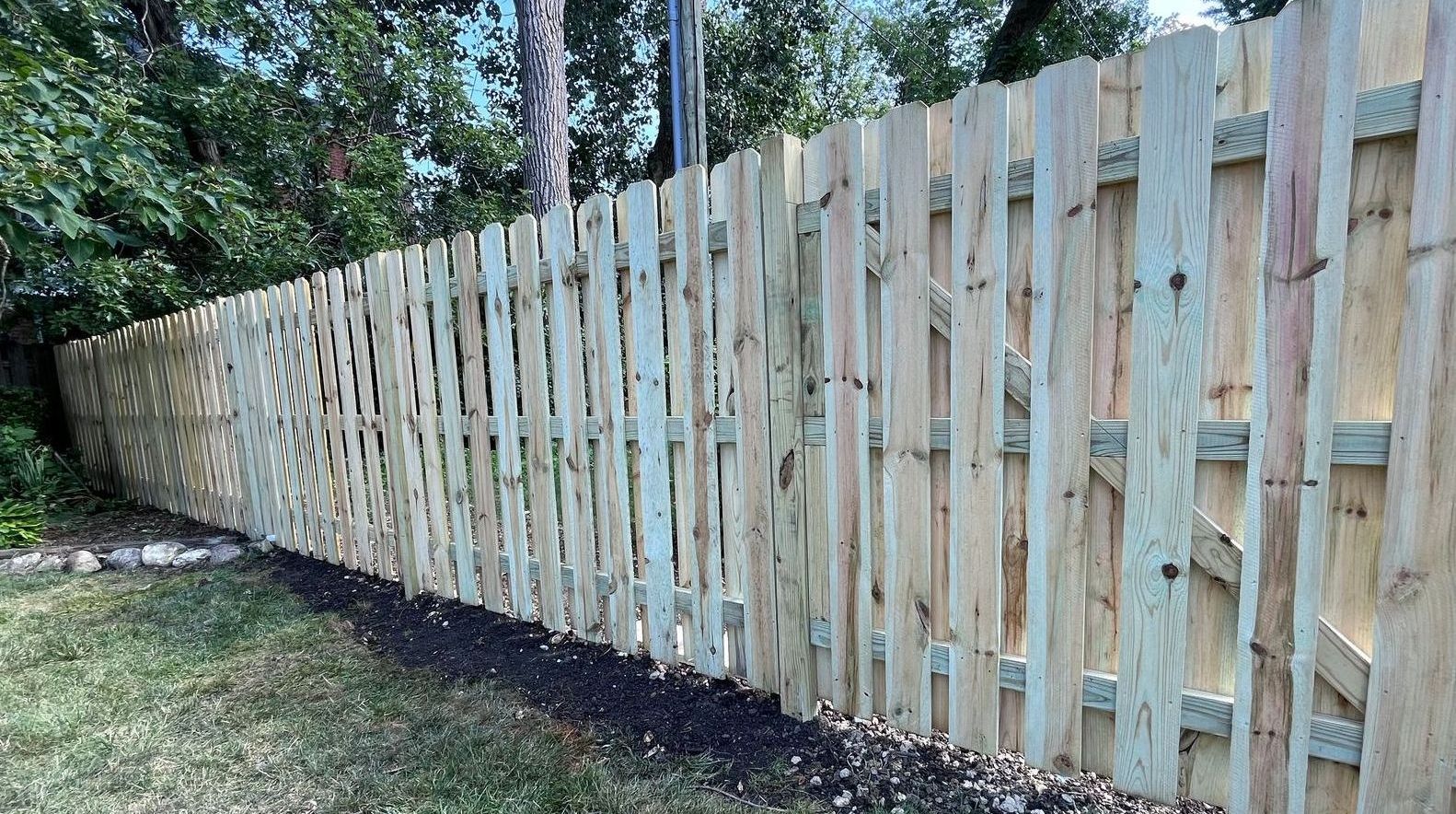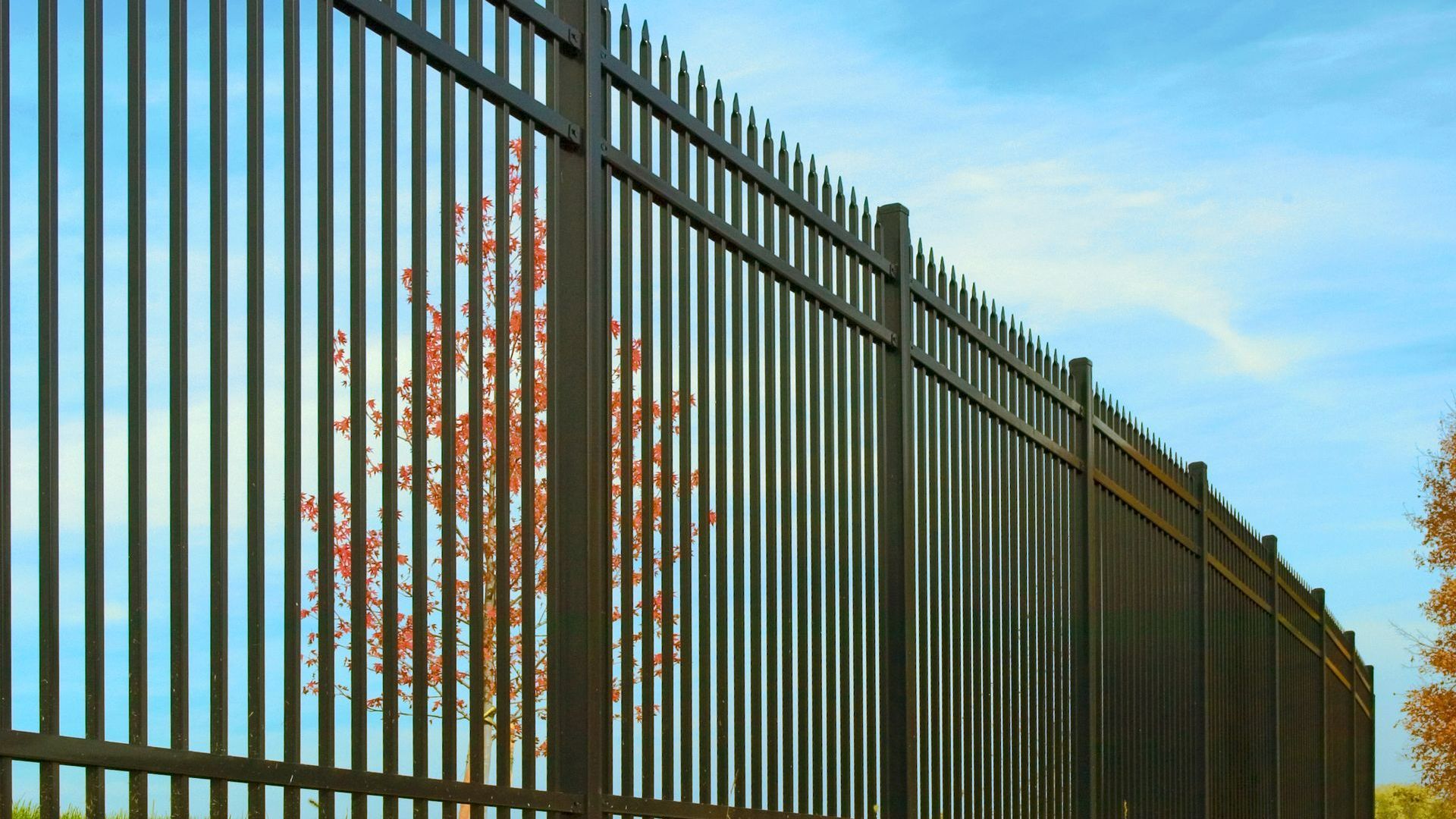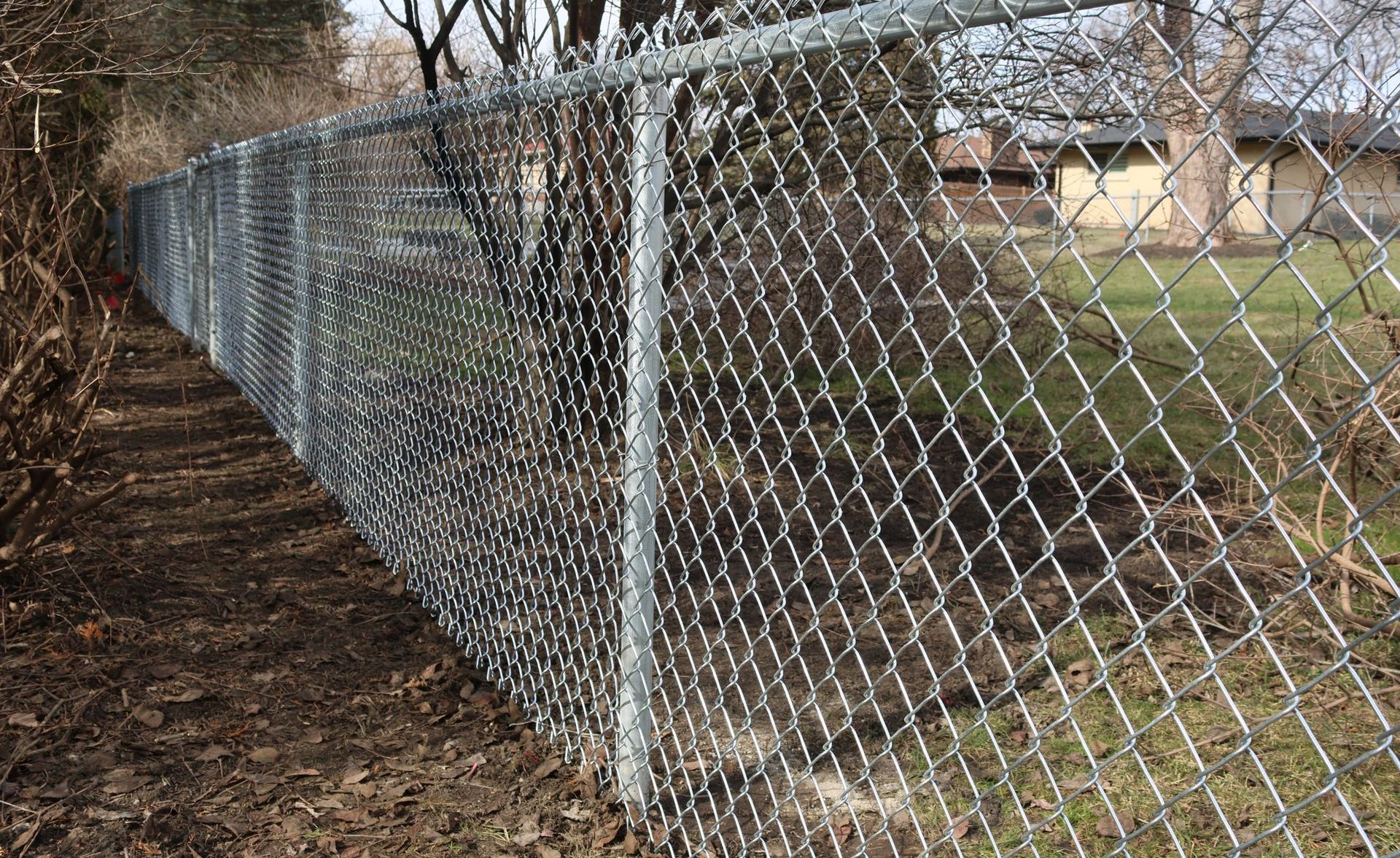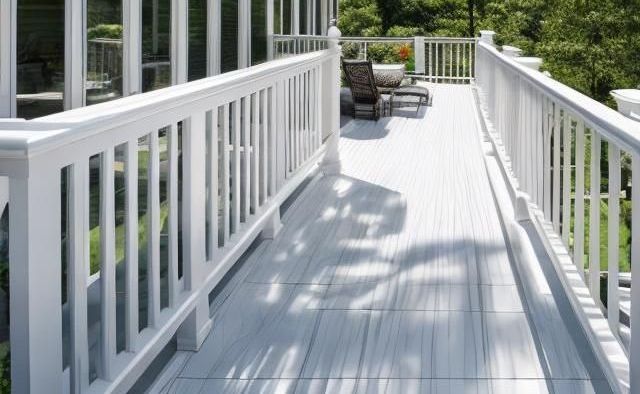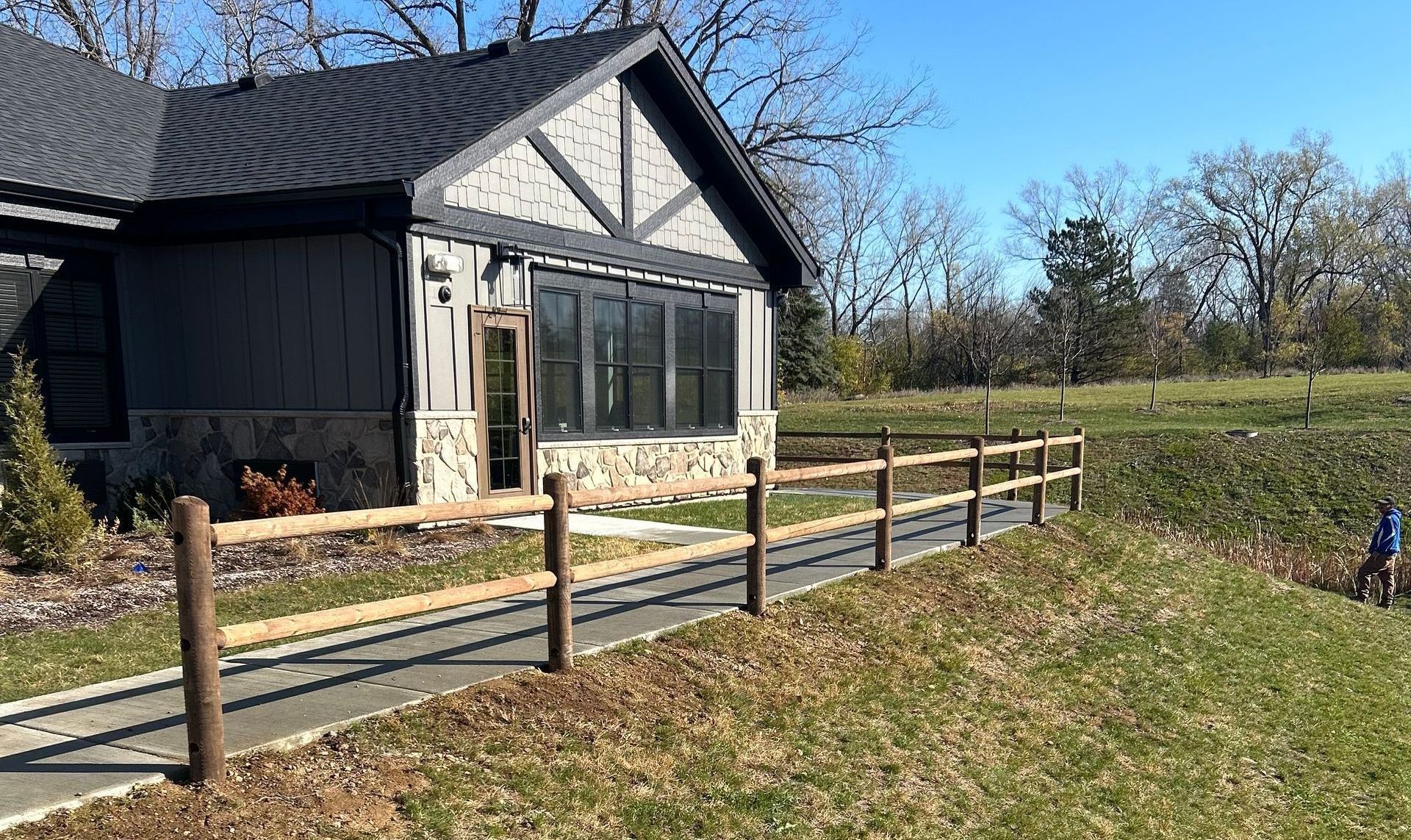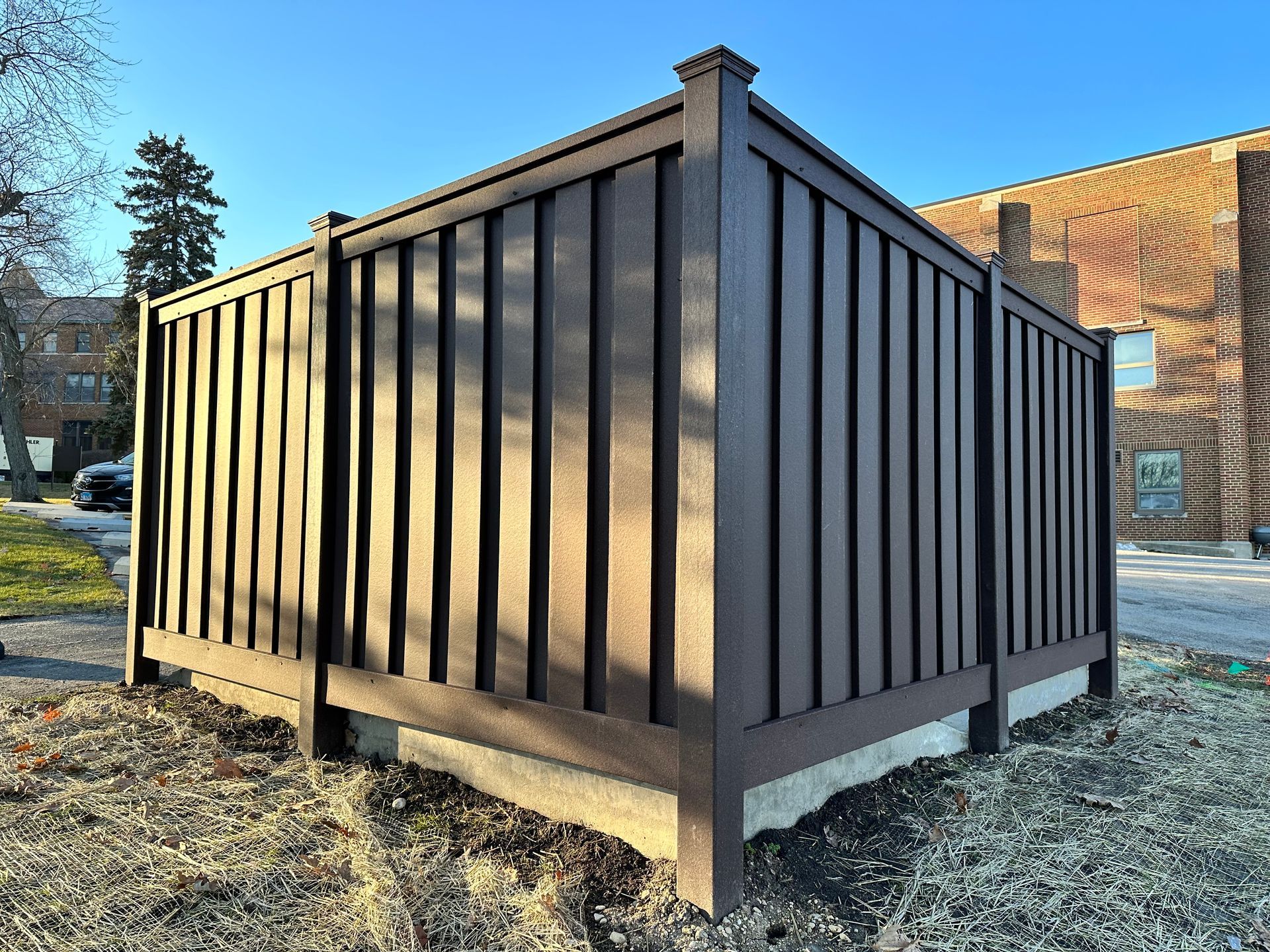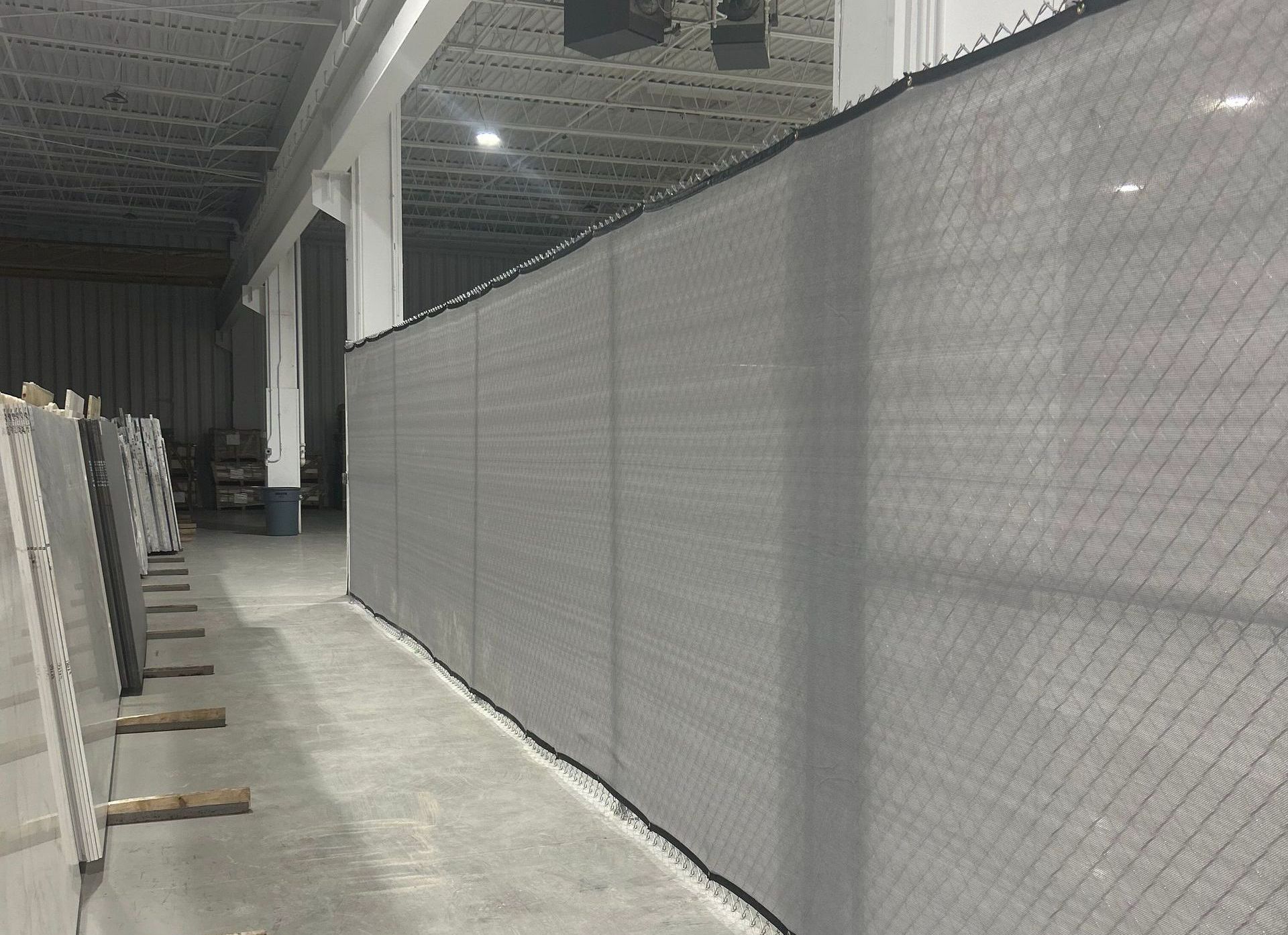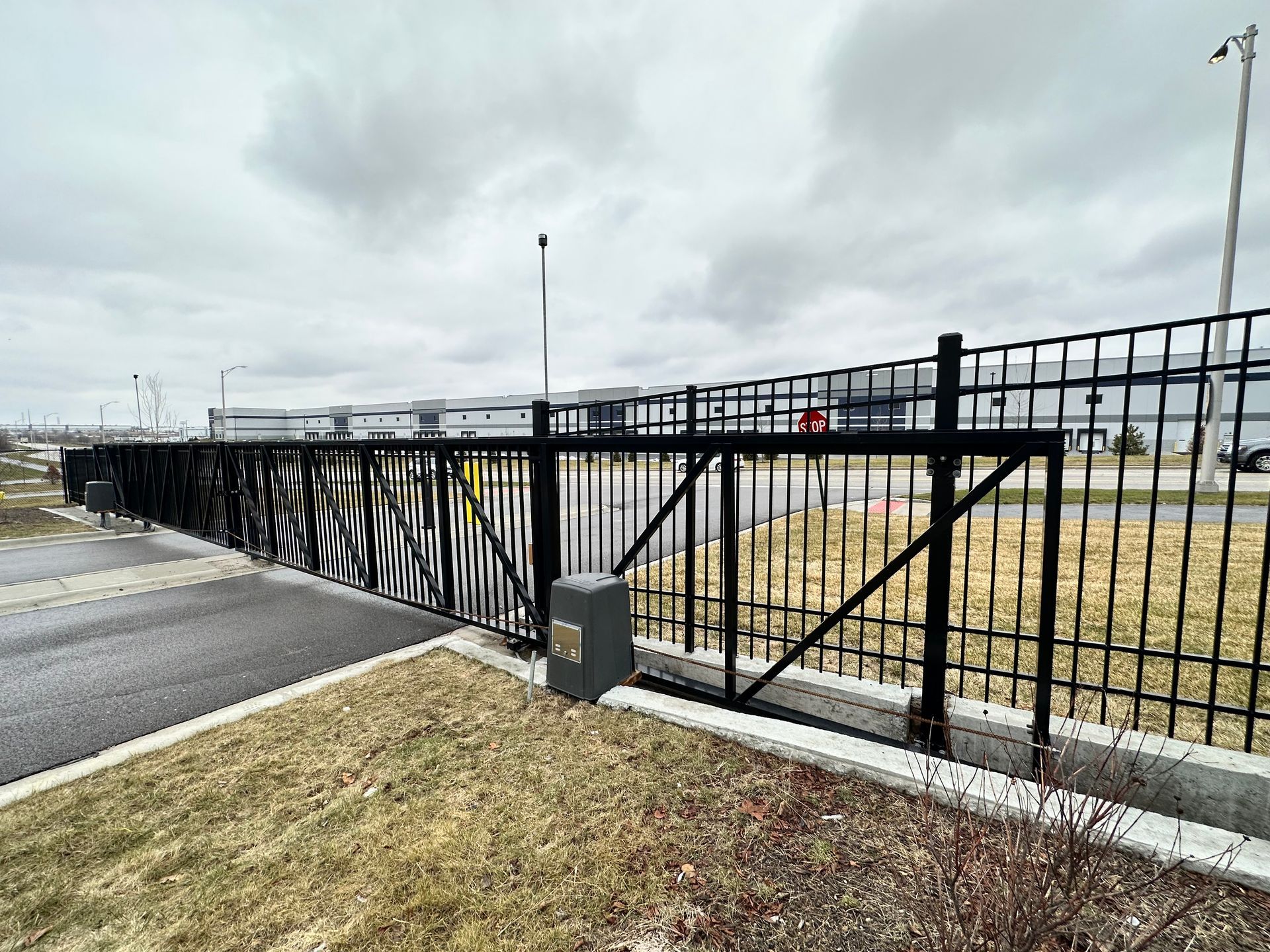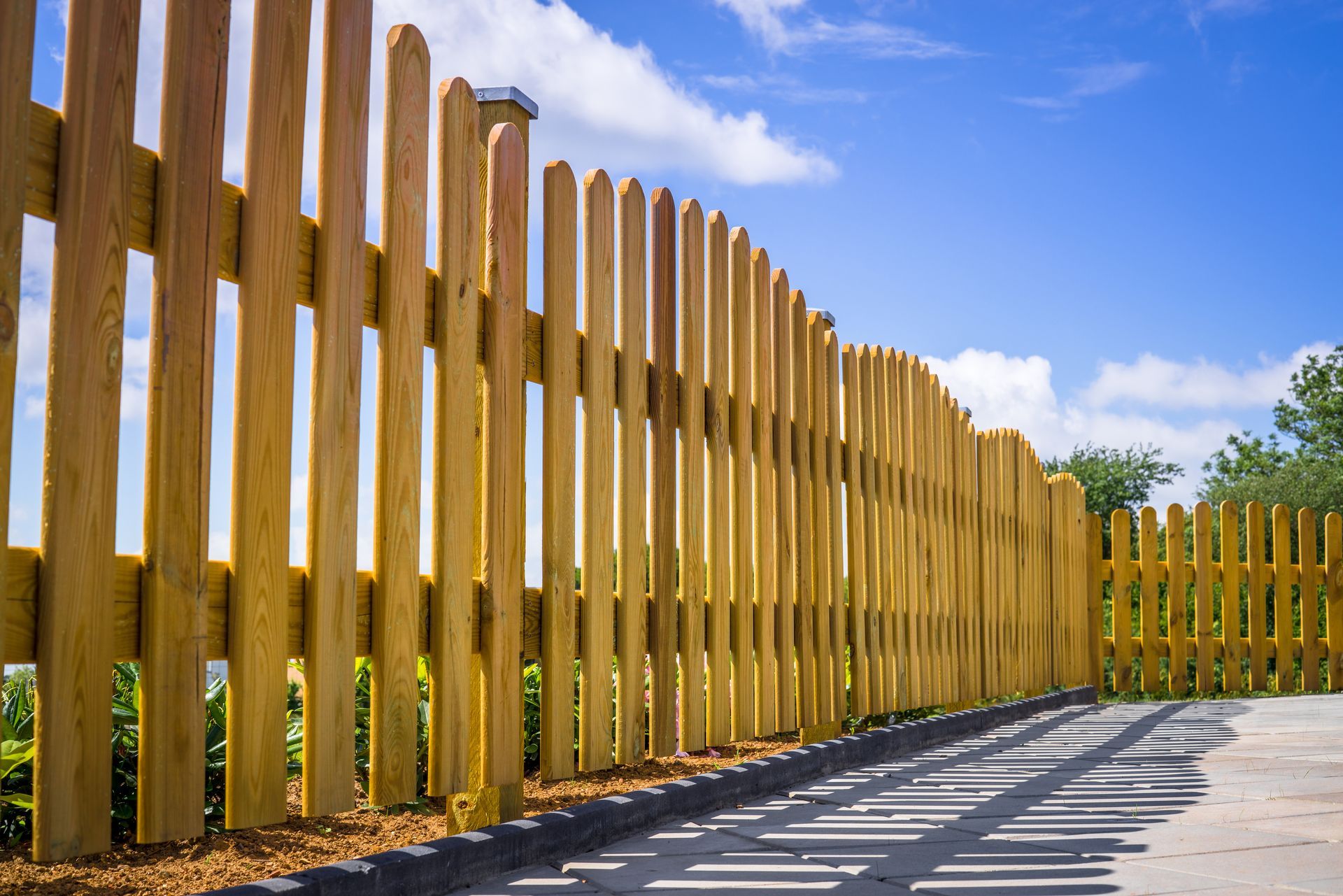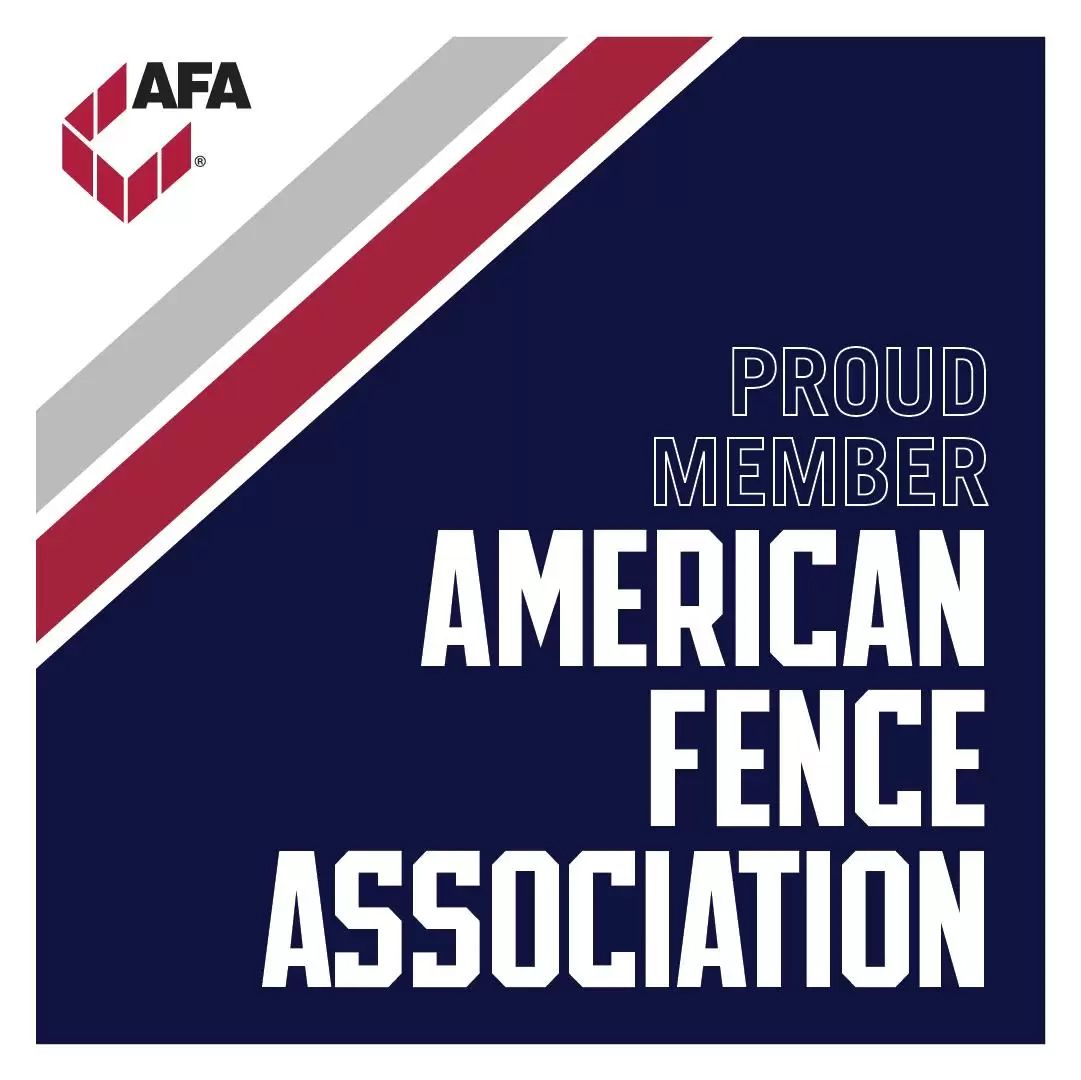Commercial Dumpster Enclosures
The necessity of dumpster enclosure installation seems simple, but there are a few key aspects that need careful consideration.
Overview: In this article we will outline the significance of commercial dumpster enclosures in urban and suburban planning and environmental management. We will highlight their role in waste management, aesthetics, and safety.
Purpose: To provide a comprehensive understanding of commercial dumpster enclosure installation, including planning, execution, and maintenance.
Importance of Dumpster Enclosures
- Aesthetics: Dumpster enclosures improve the visual appeal of commercial areas by hiding unsightly dumpsters and waste containers.
The visual impact of waste containers scattered around commercial properties can significantly detract from the area's appeal, potentially affecting business and property values. Dumpster enclosures serve as an effective solution by neatly concealing these containers, thus maintaining the aesthetic integrity of the commercial landscape. The thoughtful design and placement of these enclosures can seamlessly integrate with the surrounding architecture, preserving the visual harmony of the environment.
- Safety and Health: the role of enclosures in promoting public health and safety by containing waste, reducing pest infestation, and preventing unauthorized access.
Beyond aesthetics, the strategic installation of dumpster enclosures addresses several safety and health concerns. Unsecured dumpsters can become breeding grounds for pests and vermin, posing significant health risks. Enclosures help contain waste, mitigating the spread of pests and reducing the risk of related health issues. Moreover, enclosures prevent unauthorized access to waste containers, reducing the likelihood of accidental injuries or illegal dumping, which can exacerbate waste management challenges.
- Regulatory Compliance: how installations help businesses comply with local ordinances and environmental regulations.
Adhering to local ordinances and environmental regulations is a non-negotiable aspect of commercial property management. Dumpster enclosures must be designed and constructed in compliance with these regulations, which may dictate their size, placement, and construction standards. Compliance not only ensures legal operation but also promotes sustainable waste management practices, aligning with broader environmental protection goals.
Planning and Design
- Site Assessment: the importance of evaluating the installation site, considering factors like space, accessibility for waste removal services, and impact on traffic flow.
The first step in installing a commercial dumpster enclosure involves a thorough assessment of the intended site. Factors such as the available space, the expected volume of waste, and the frequency of waste collection services inform the size and design of the enclosure. Accessibility is a key consideration, ensuring that waste removal services can easily access the dumpsters without disrupting the flow of traffic or business operations. Additionally, the impact of the enclosure on the surrounding landscape and its integration with existing structures must be carefully evaluated to maintain aesthetic and functional coherence.
- Design Considerations: the aspects of designing enclosures, such as size, layout, accessibility, and integration with the existing landscape or architecture.
Designing a dumpster enclosure goes beyond functional requirements to include aesthetic and environmental considerations. The enclosure should be designed to facilitate easy use by waste management services and employees, with considerations for door placement, locking mechanisms, and perhaps even ramps for ease of dumpster movement. Aesthetically, the design should complement the architectural style of the surrounding buildings, using similar materials or design elements to create a cohesive look. Environmentally conscious designs might incorporate features such as green roofs, which can help manage stormwater runoff and provide additional green space.
- Regulatory Compliance: the need to adhere to local building codes, zoning laws, and environmental regulations in the design phase.
Material Selection
The choice of materials for dumpster enclosures is crucial for ensuring durability, maintaining aesthetics, and promoting sustainability. Materials must withstand the rigors of daily use, exposure to the elements, and the occasional impact from waste collection vehicles.
- Durability: the importance of choosing materials that can withstand weather conditions, wear and tear, and potential vandalism. We recommend the use of composite or wood with steel supports such as steel gate frames and posts.
Materials like concrete, steel, and industrial-grade plastics are favored for their longevity and resistance to wear, weather, and vandalism. Concrete blocks or poured concrete offer robustness and can be textured or painted to enhance appearance. Steel, especially when treated for corrosion resistance, provides strength and security. Industrial-grade plastics, while less common, offer versatility in design and are resistant to decay.
- Aesthetics: Explain how material choice affects the appearance of the enclosure and its harmony with the surrounding environment.
The material should complement the surrounding buildings and landscape. Brick and decorative stone can match existing structures, while wood, though less durable, offers natural beauty and can be treated for weather resistance. Some enclosures use a combination of materials, such as steel frames with wood or composite paneling, to balance durability with aesthetic appeal.
- Sustainability: the growing trend of using eco-friendly materials and designs that support recycling and waste reduction efforts.
Eco-friendly materials are increasingly popular in line with environmental sustainability goals. Recycled plastics, sustainably sourced wood, and recycled metal are options that reduce the environmental footprint. Additionally, the use of green construction practices, such as minimizing waste and using local materials to reduce transportation emissions, contributes to a project's sustainability.
Construction Process
The construction of a commercial dumpster enclosure involves several stages, from site preparation to the finishing touches that ensure functionality and aesthetic integration with the surrounding area.
- Preparation: the steps involved in preparing the site, including clearing, grading, and laying foundations.
The site must be cleared and leveled, with any necessary grading to ensure proper drainage. Foundations are then laid to support the structure, which may involve pouring concrete footings or slabs, depending on the design and materials used.
- Building: the construction phase, focusing on the assembly of walls, gates, and roofs, as well as the installation of security features.
The construction phase includes erecting walls, which could be made from concrete blocks, installing prefabricated panels, or constructing a frame to be covered with the chosen material. Gates or doors are installed to provide access, with considerations for security and ease of use. For enclosures intended to house multiple dumpsters, internal partitions may be constructed to separate different waste types.
- Finishing Touches: the importance of finishing touches, such as painting, landscaping, and installing signage.
The final phase includes painting or applying finishes to materials that require them, such as wood or metal, to protect against the elements and improve appearance. Landscaping around the enclosure can help it blend with the environment, and signage may be installed to indicate recycling options or other waste sorting instructions.
Environmental Considerations
In the context of growing environmental awareness, the installation of commercial dumpster enclosures can incorporate several eco-friendly practices and designs.
- Waste Management: how enclosures can be designed to facilitate waste sorting and recycling, contributing to more sustainable waste management practices.
Enclosures can be designed with separate compartments for different types of waste, encouraging recycling and composting. This segregation supports more efficient waste management and reduces the volume of waste sent to landfills.
- Eco-friendly Materials: Understand the use of recycled materials, green construction practices, and their impact on reducing the carbon footprint of commercial properties.
Using recycled materials for construction not only reduces the demand for virgin resources but also diverts materials from the waste stream. Sustainable materials like bamboo or recycled composites are both durable and environmentally friendly.
Incorporating green roofs, which are covered with vegetation, can improve stormwater management, reduce urban heat island effect, and enhance local biodiversity. Solar panels installed on enclosures can power lighting or compacting units, further reducing the environmental impact.
Maintenance and Upkeep
Regular maintenance is essential to ensure the longevity and functionality of dumpster enclosures.
- Routine Checks: Understand the importance of regular inspections to ensure structural integrity, functionality of gates and locks, and overall cleanliness.
Regular inspections can identify issues like structural damage, wear and tear on gates and locks, and graffiti or other forms of vandalism. Prompt attention to these issues can prevent more significant problems and extend the enclosure's life.
- Repairs and Renovations: the common maintenance issues and the need for timely repairs to extend the lifespan of the enclosures.
Over time, parts of the enclosure may need repair or replacement, such as damaged gates, worn hinges, or eroded materials. Keeping the enclosure in good repair not only maintains its functionality but also its appearance.
- Upgrades: Consider the potential for upgrading enclosures to accommodate changes in waste management practices or to enhance security and aesthetic appeal.
As waste management practices evolve, enclosures might be upgraded to accommodate new requirements, such as additional compartments for different recycling streams or improved security features to prevent unauthorized access.
- Strong Materials: It's important to choose a hardy material that will last for decades, not merely for years. Fence materials such as composite and steel are best choices.
Case Studies
- Successful Installations: Research examples of commercial properties that have effectively integrated dumpster enclosures, highlighting the benefits and challenges encountered.
- Innovative Designs: Enclosures that have incorporated innovative features, such as green roofs, solar panels, or smart waste management systems.
- Summary: the critical aspects of commercial dumpster enclosure installation, emphasizing its importance in urban planning, environmental management, and regulatory compliance.
- Future Trends: Speculate on future developments in the design and construction of dumpster enclosures, considering advancements in materials, sustainability, and smart technology.
- Call to Action: As a stakeholder in commercial property development you should prioritize the effective planning and installation of dumpster enclosures as part of their environmental and aesthetic strategy.
This article provides comprehensive information on commercial dumpster enclosure installation, touching on all relevant aspects from planning and design to maintenance and future trends. While this subject can be quite complex, we can delve much deeper into each topic with an in-person consultation. This overview gives a solid starting point for understanding the complexity and importance of these structures in commercial settings.
Commercial dumpster enclosures play a crucial role in urban aesthetics, safety, and environmental management. The thoughtful planning, design, and construction of these structures, using durable, aesthetically pleasing, and sustainable materials, can significantly impact the functionality and appearance of commercial spaces. Regular maintenance ensures their longevity and effectiveness in waste management. As environmental considerations become increasingly central to urban planning and commercial property management, the role of dumpster enclosures is likely to expand, incorporating innovative designs and technologies to meet future needs.
If you wish to get a free estimate or consultation for your next dumpster enclosure project, please contact our fence experts today at 630-349-4420.
Fence Installation Blog
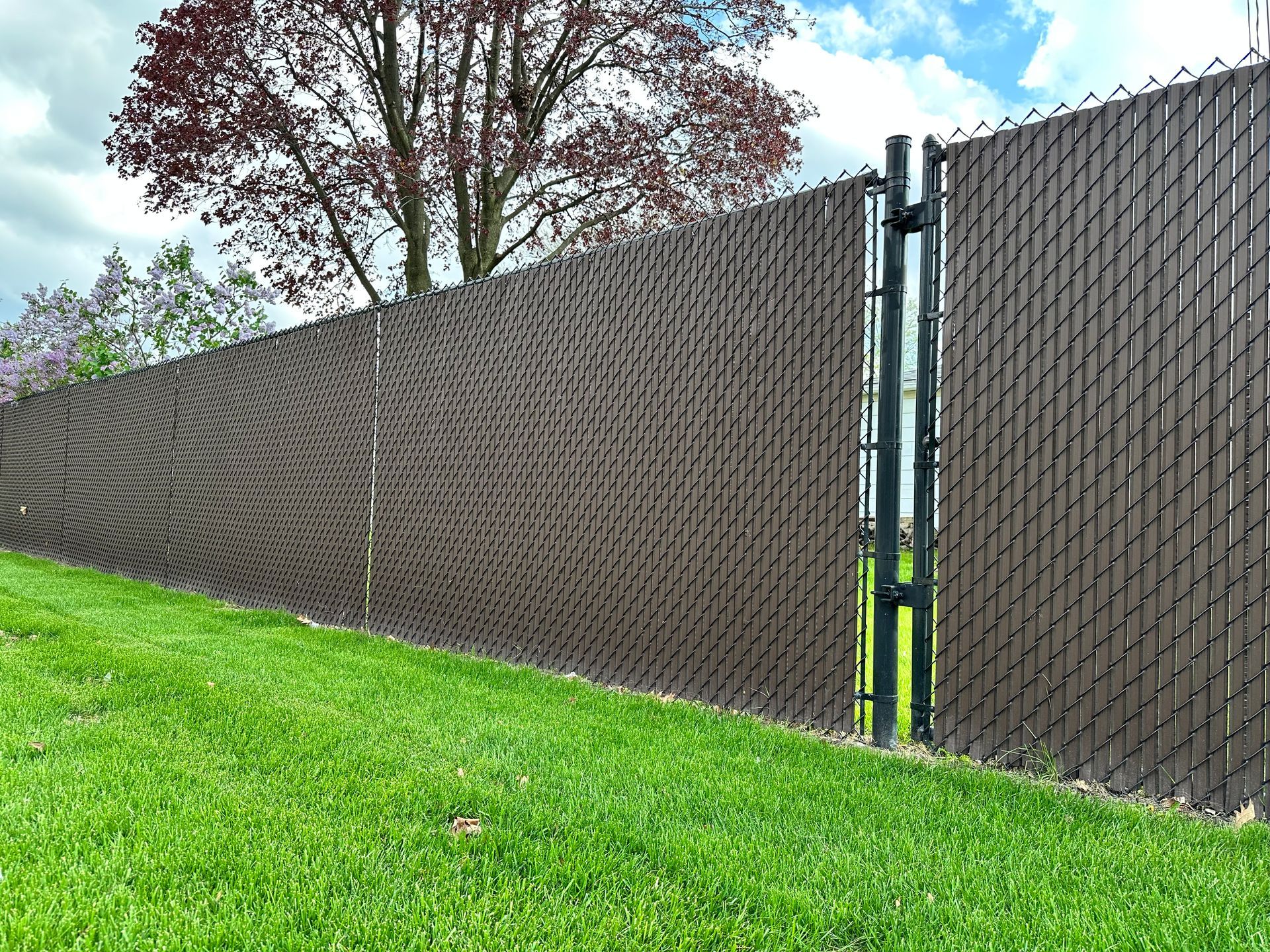
How to Upgrade Your Chain Link Fence with Privacy Slats: Benefits, Styles & Installation in Illinois
